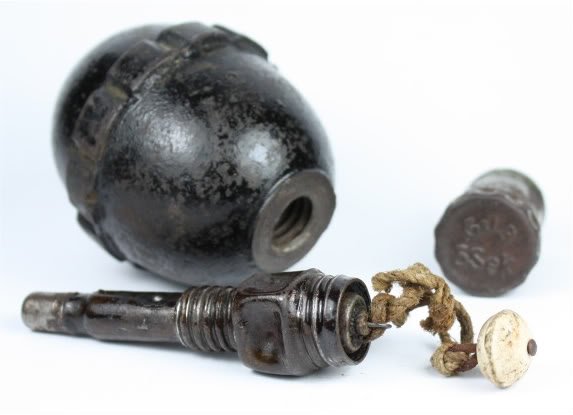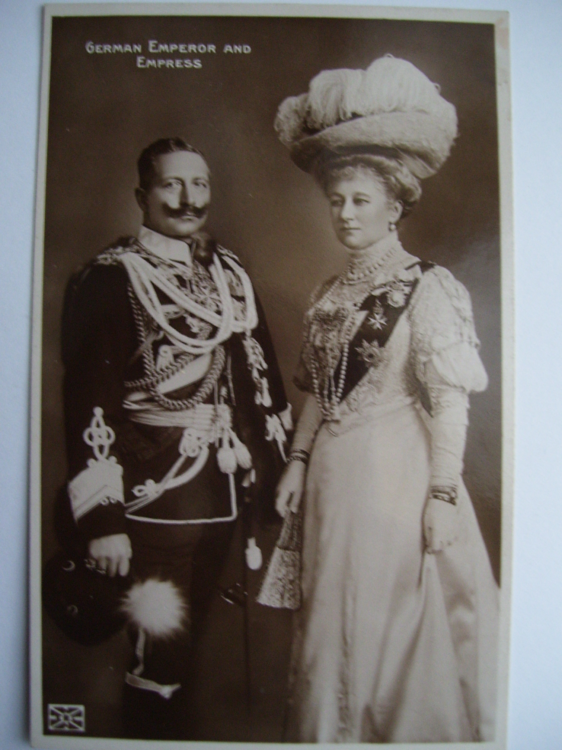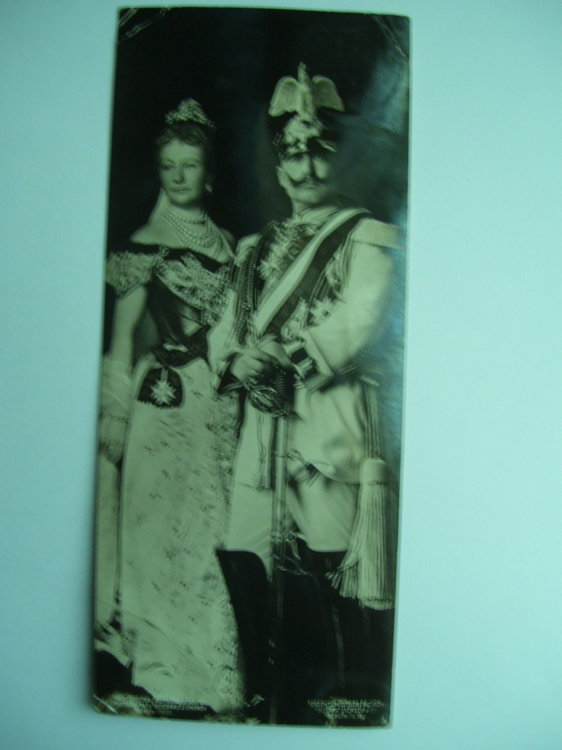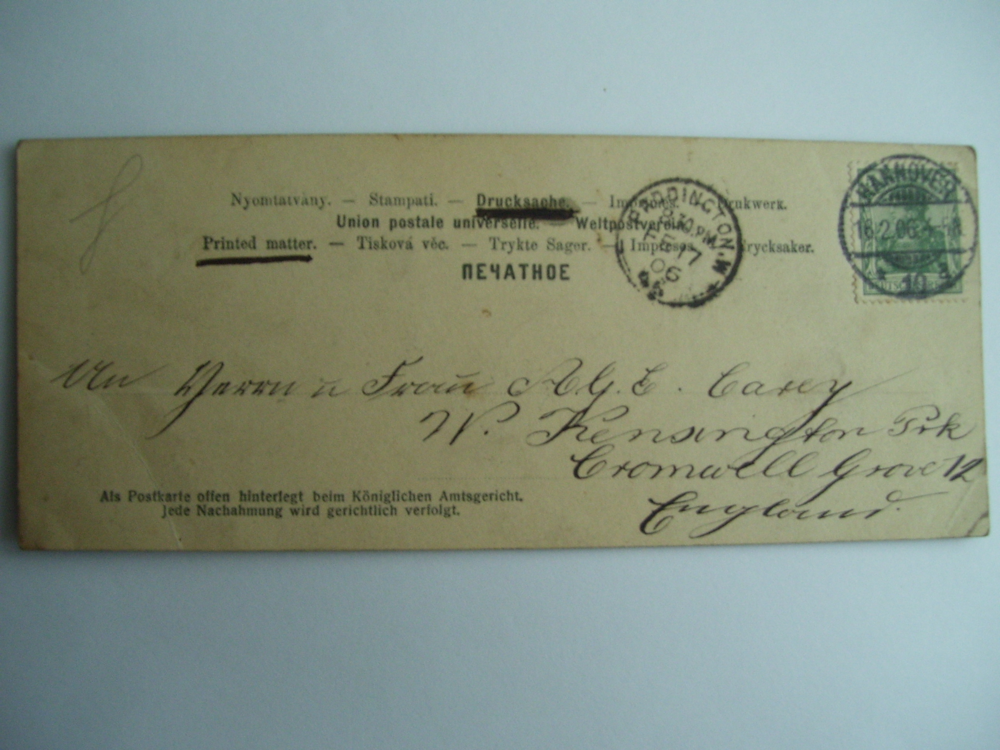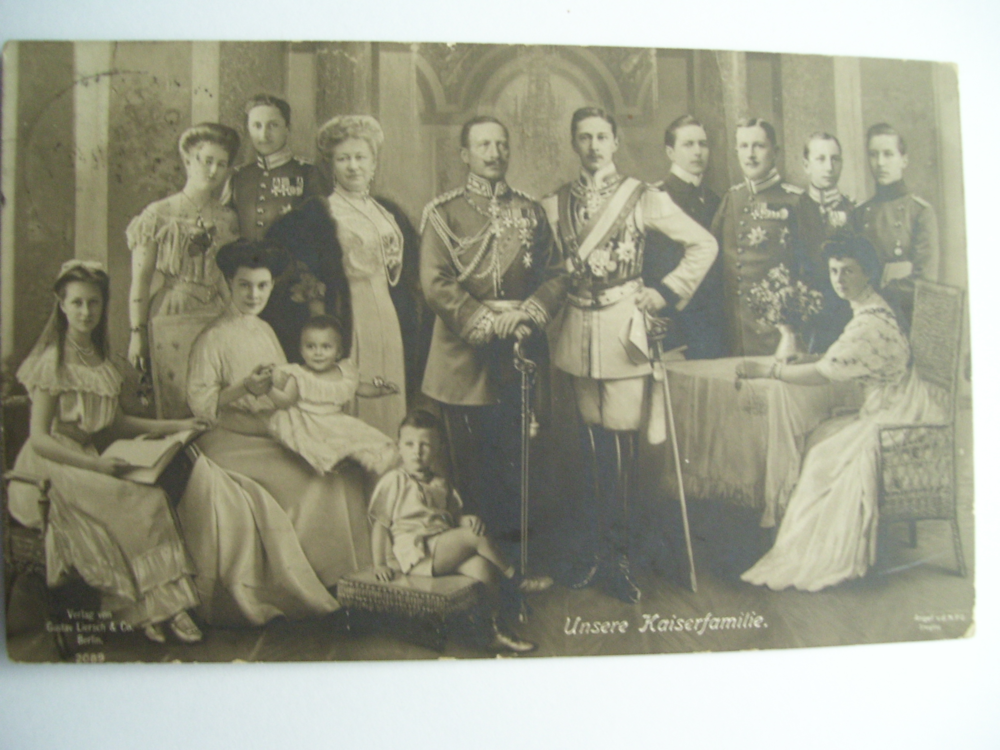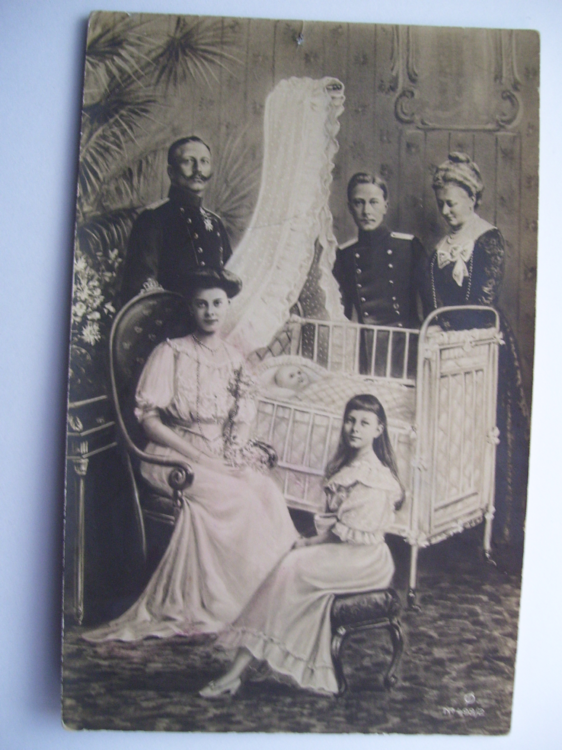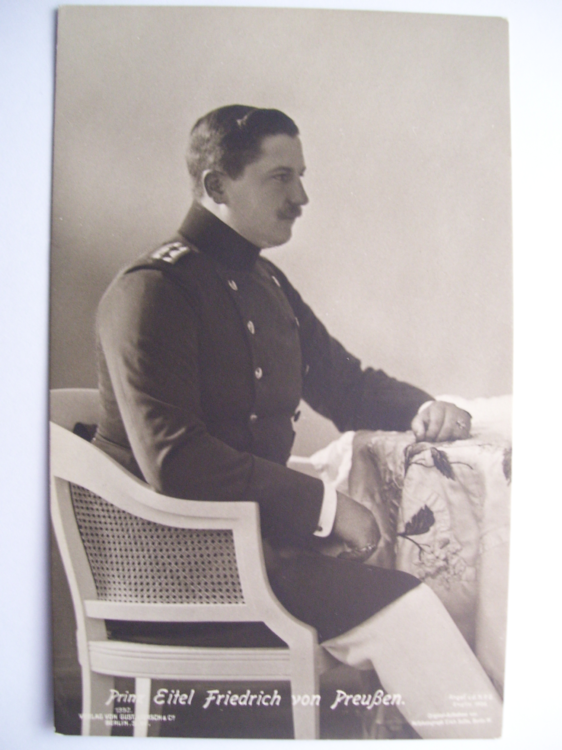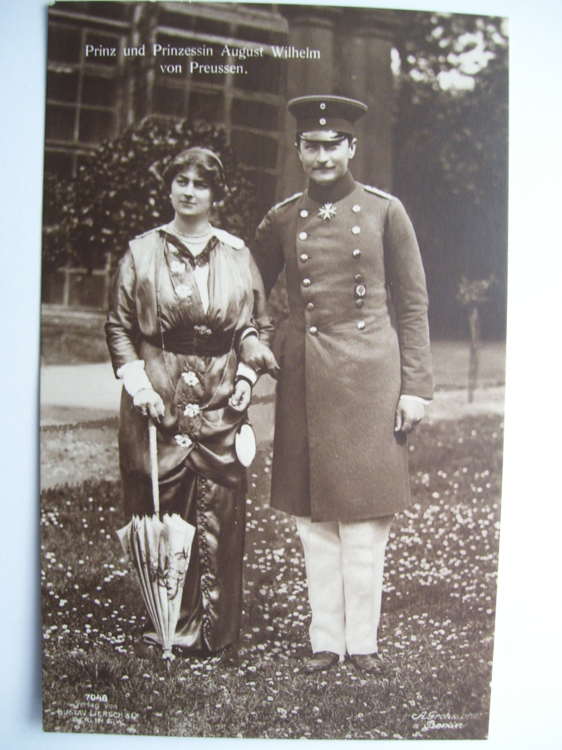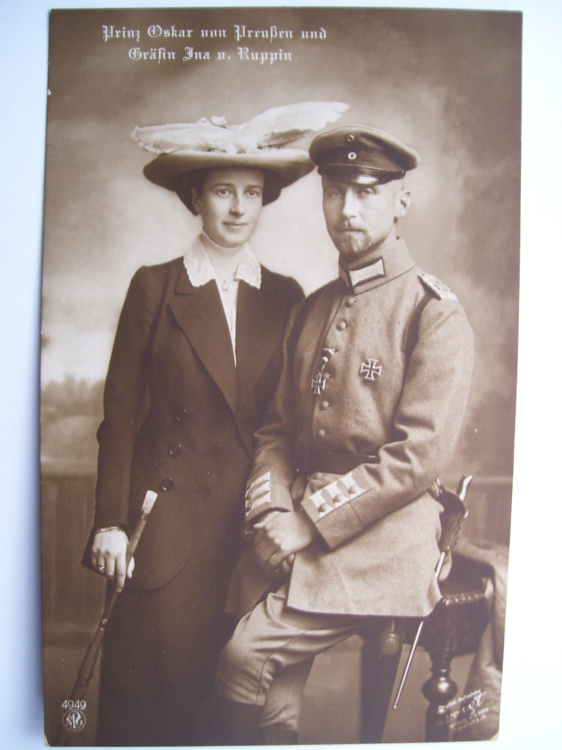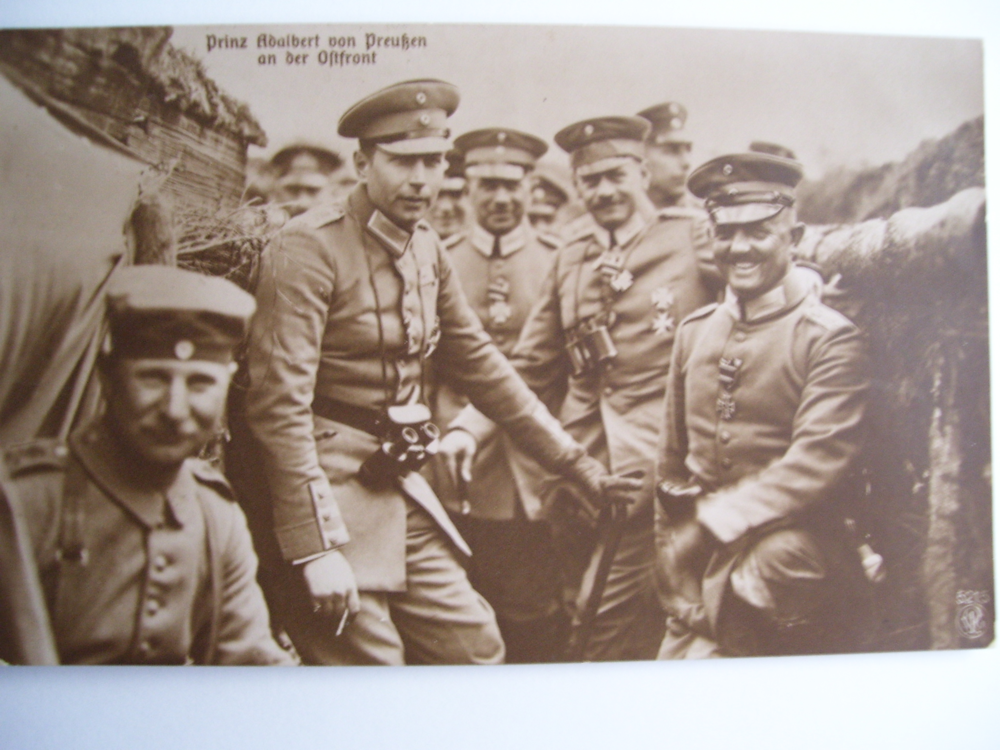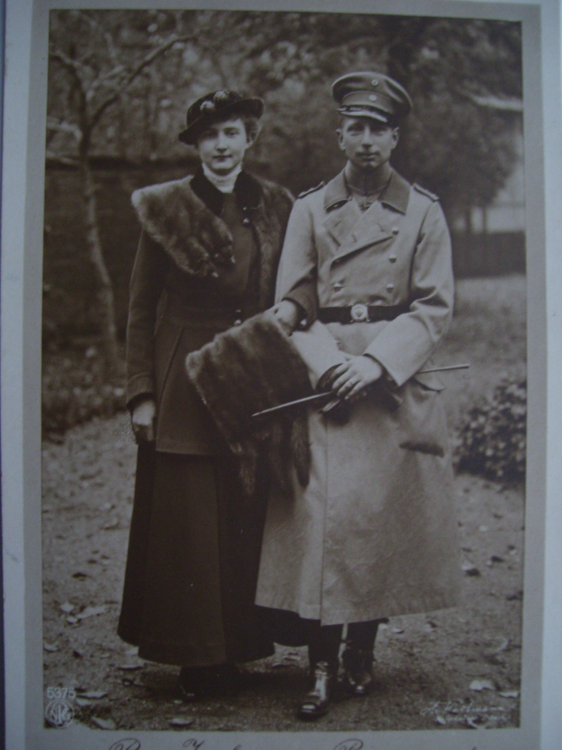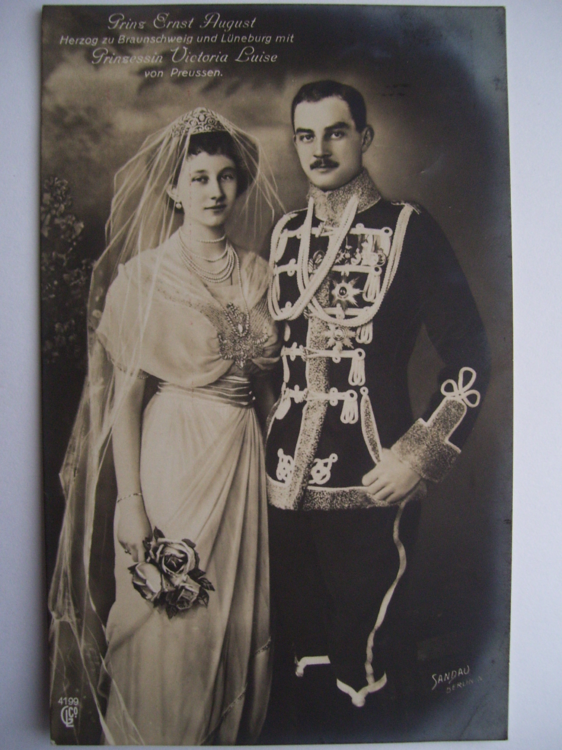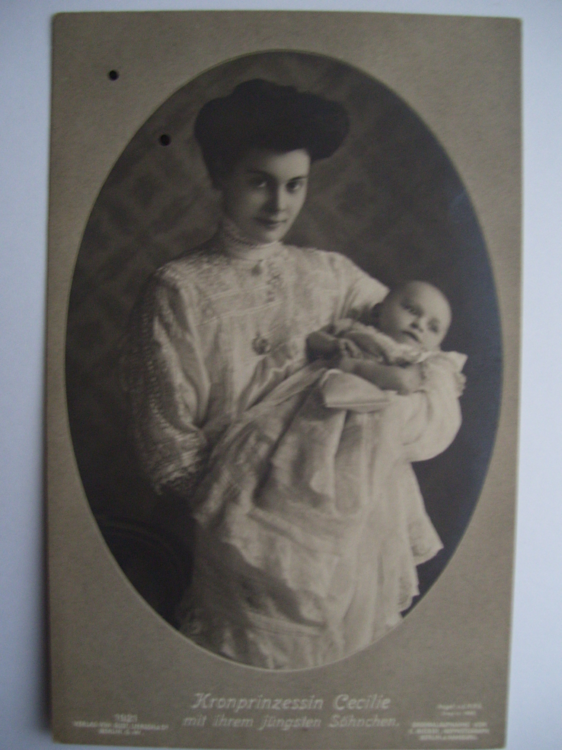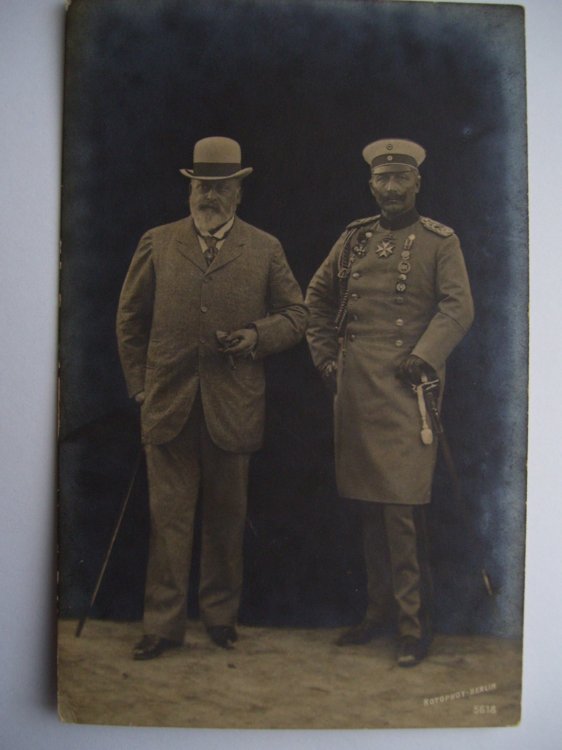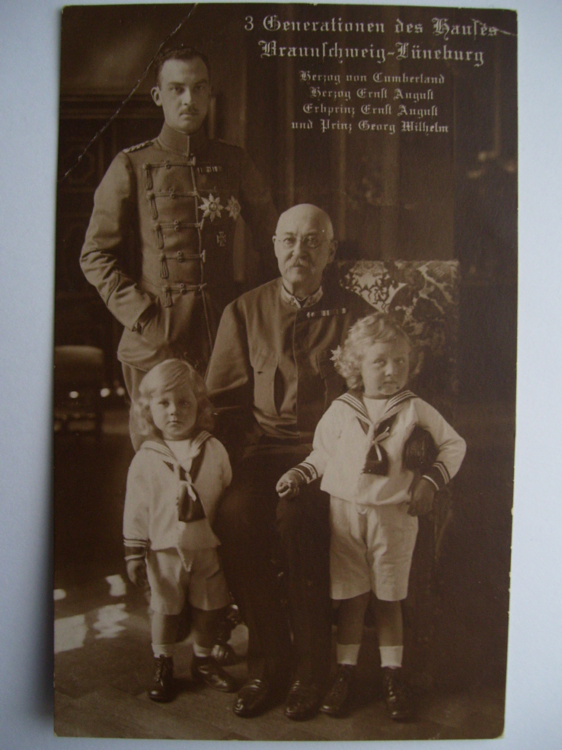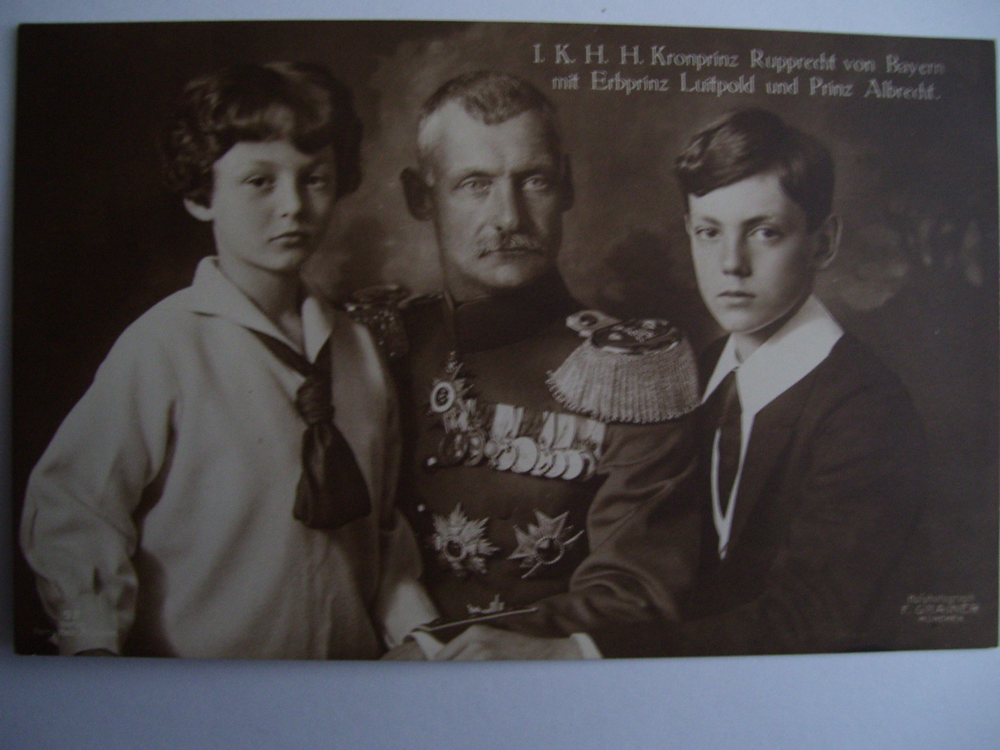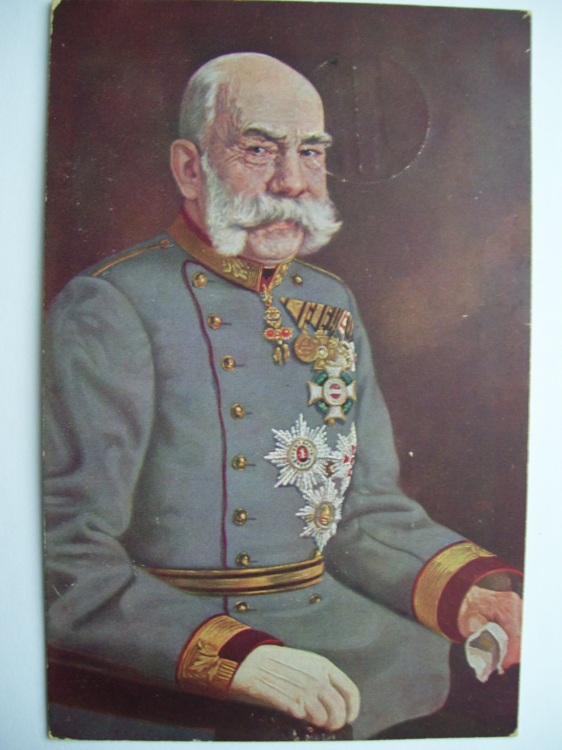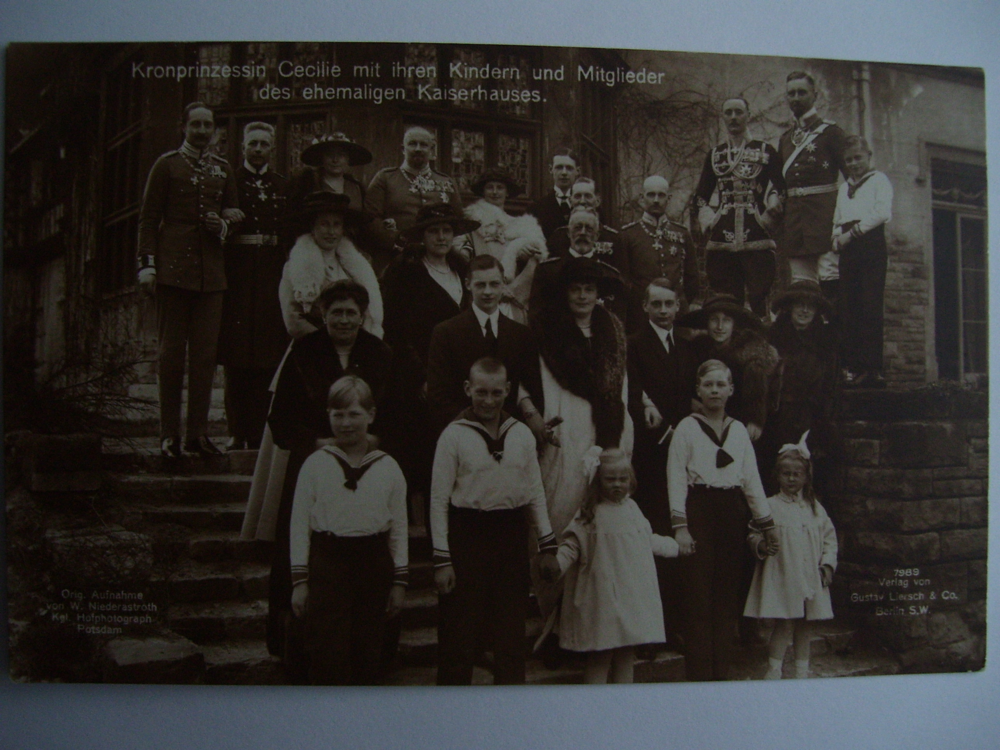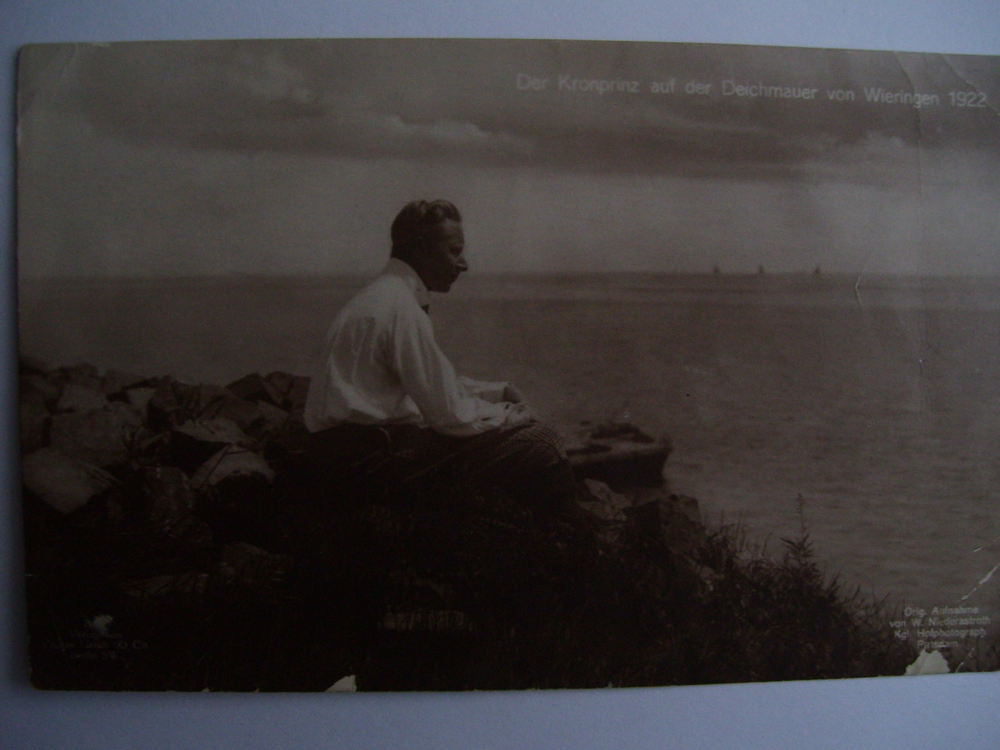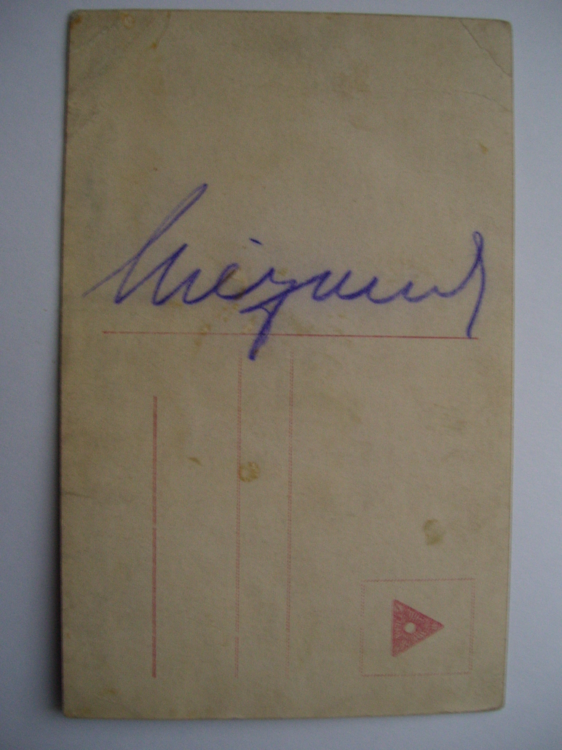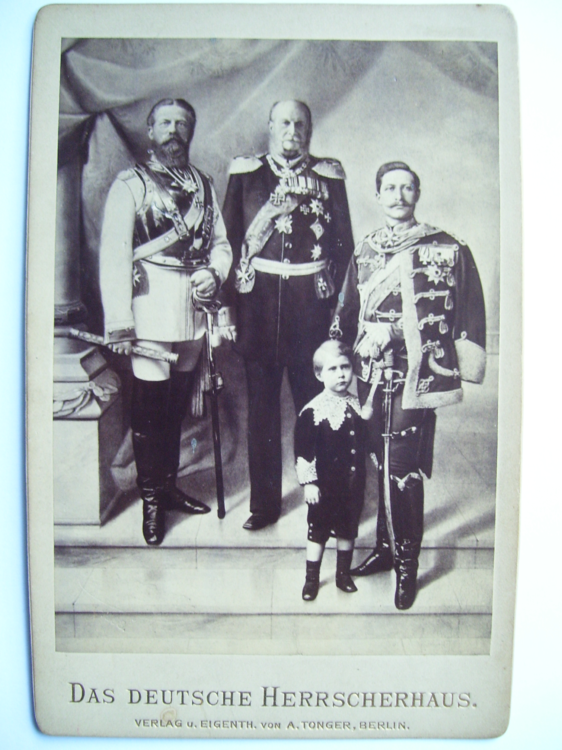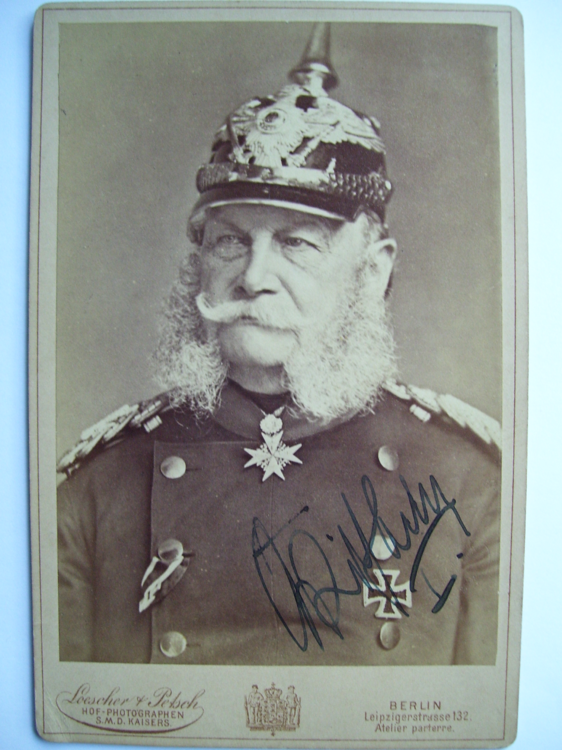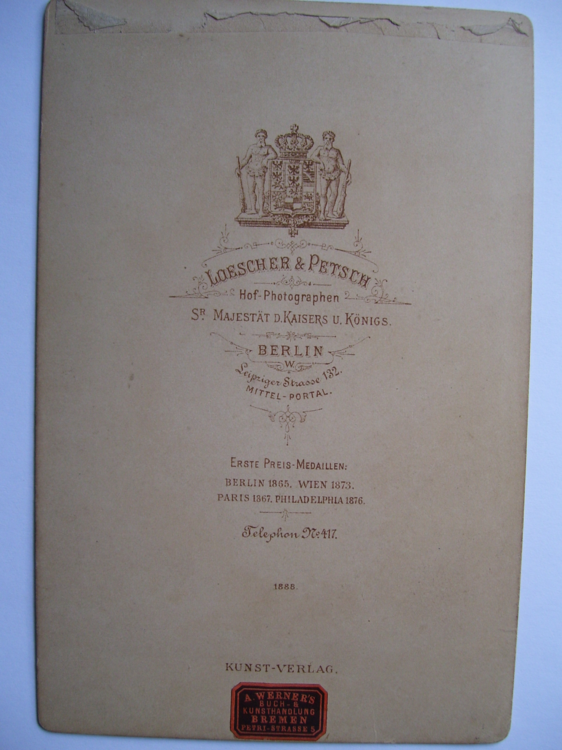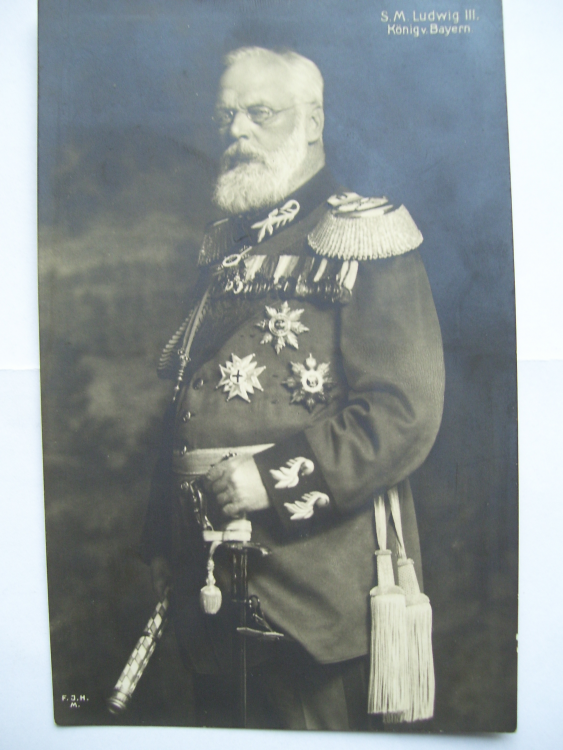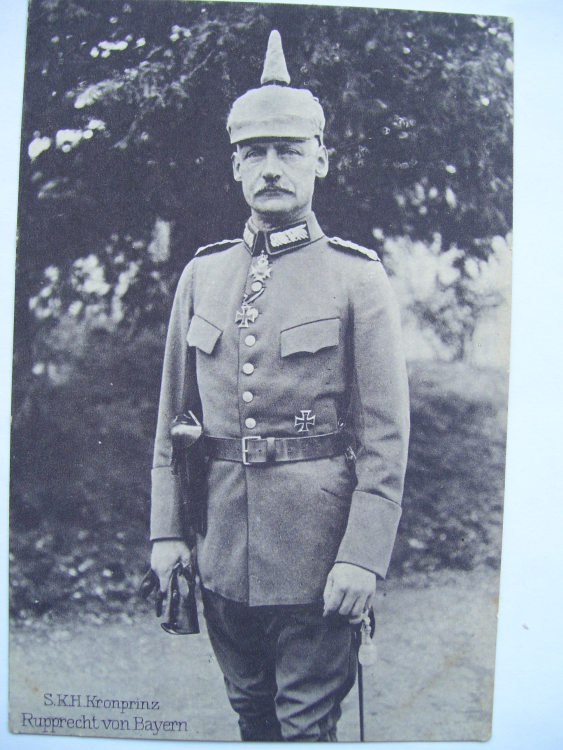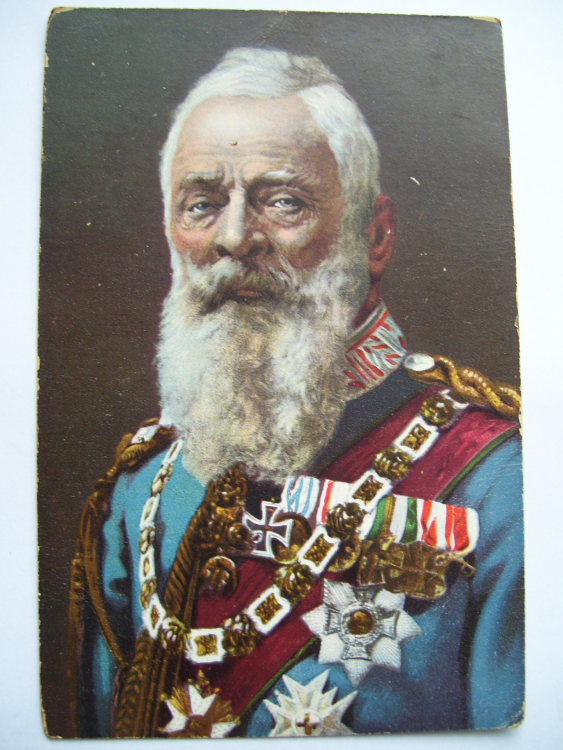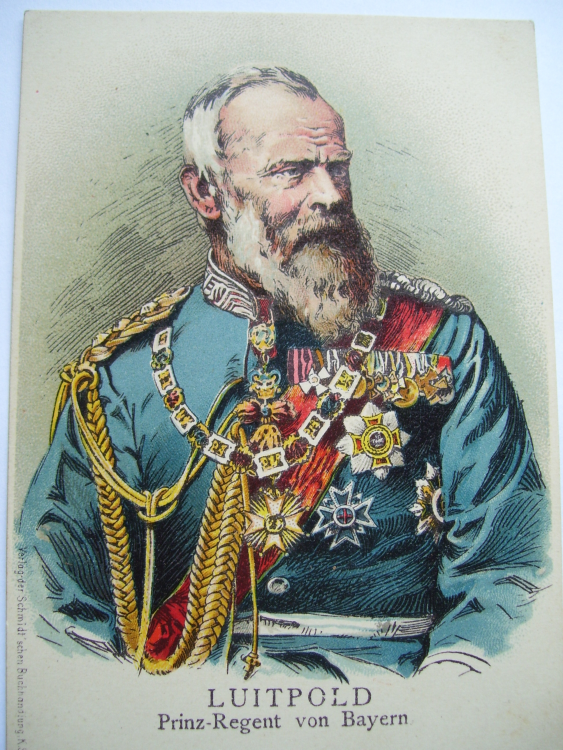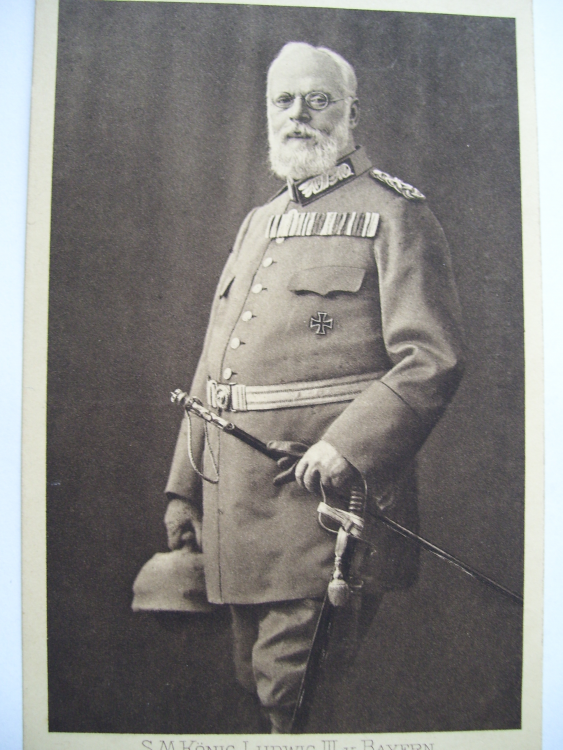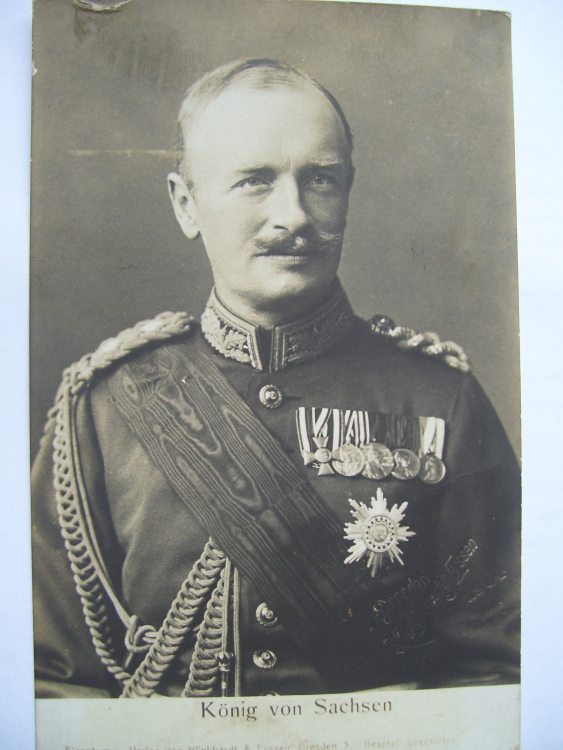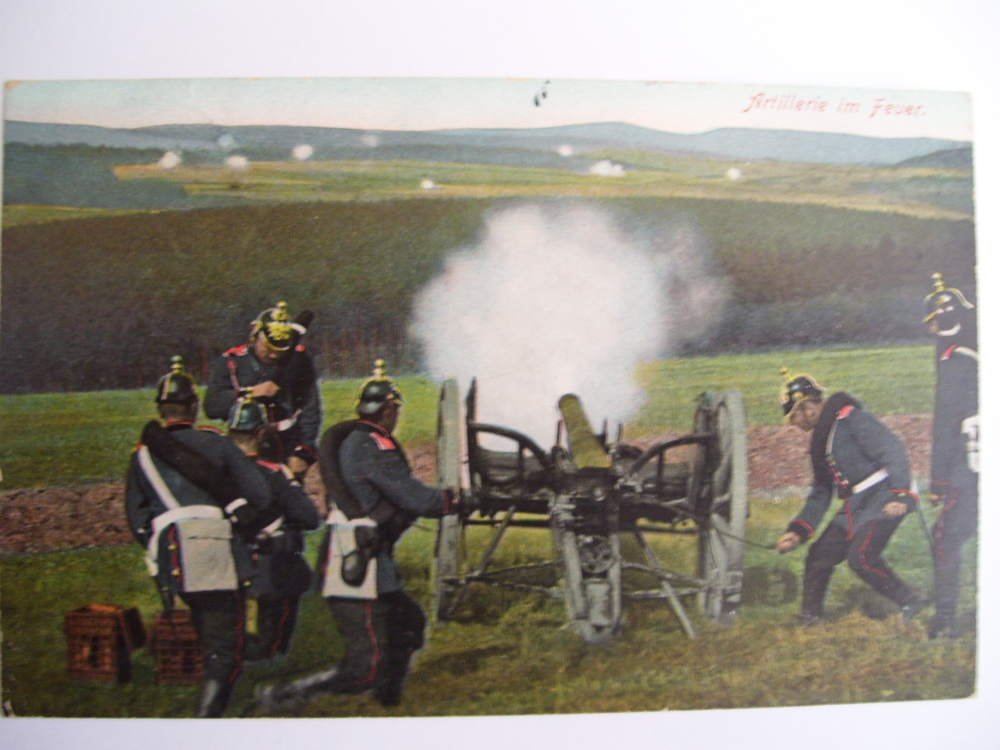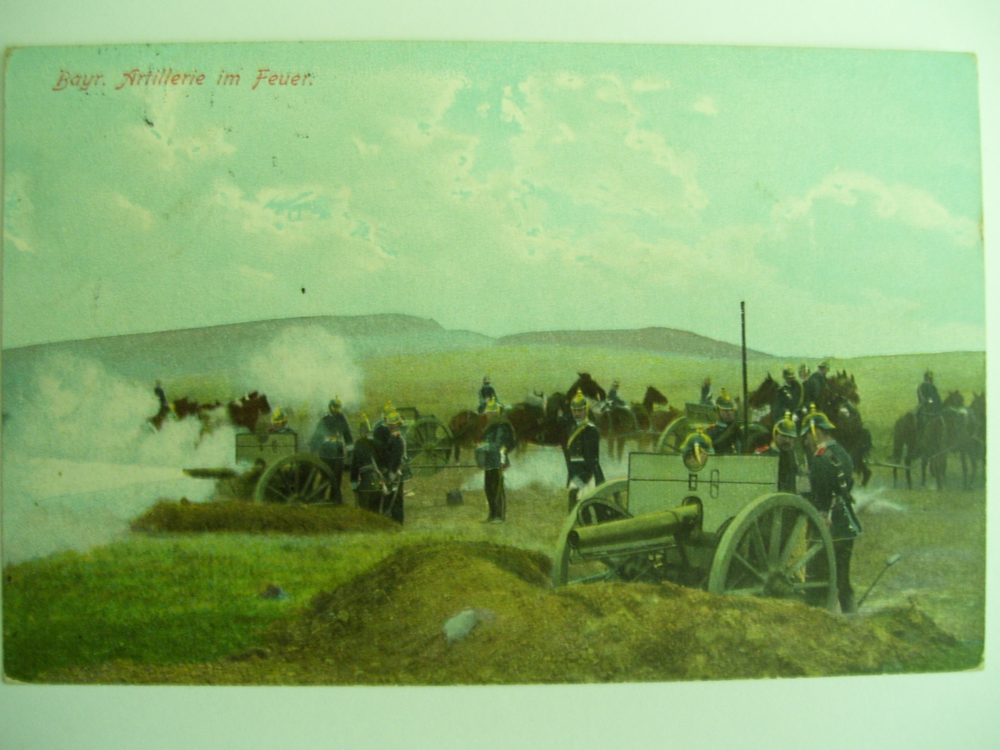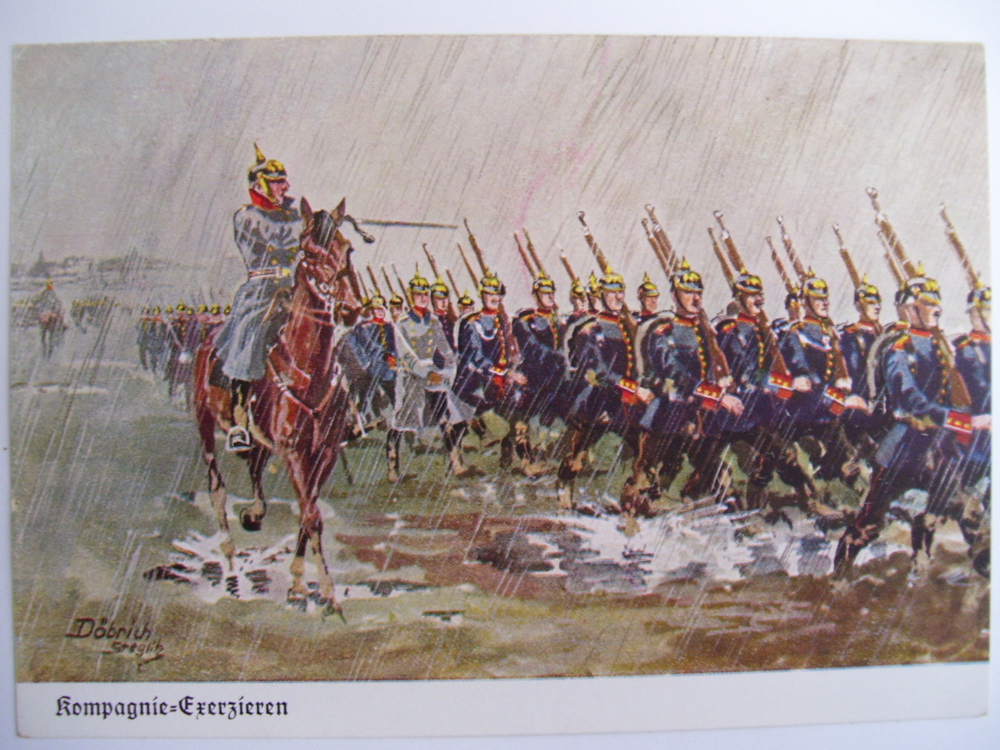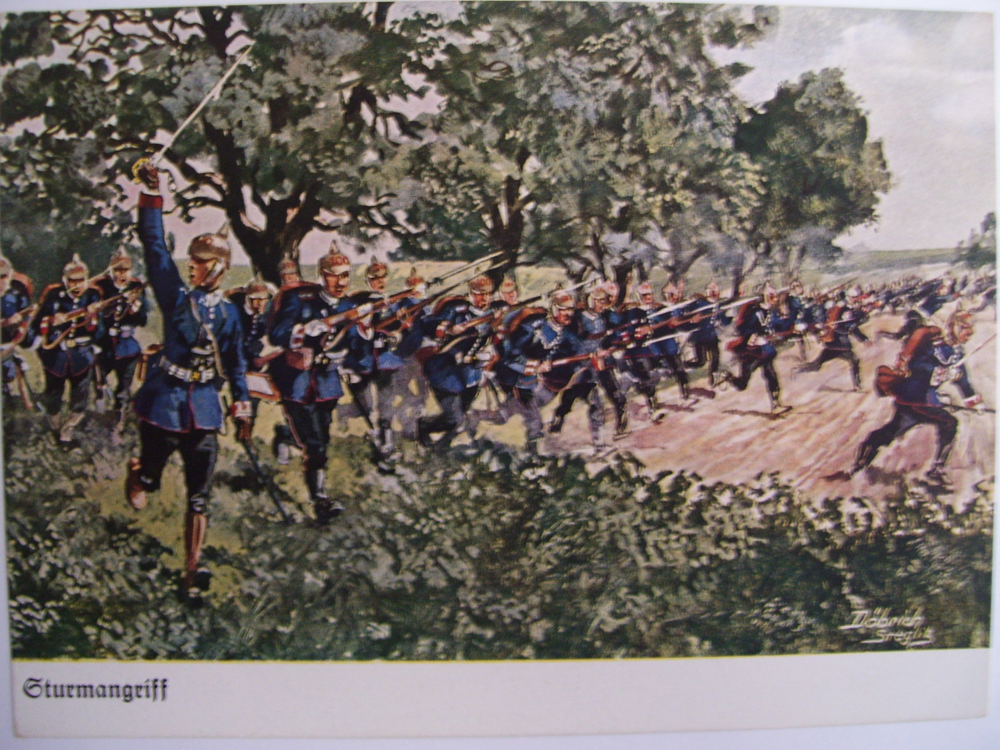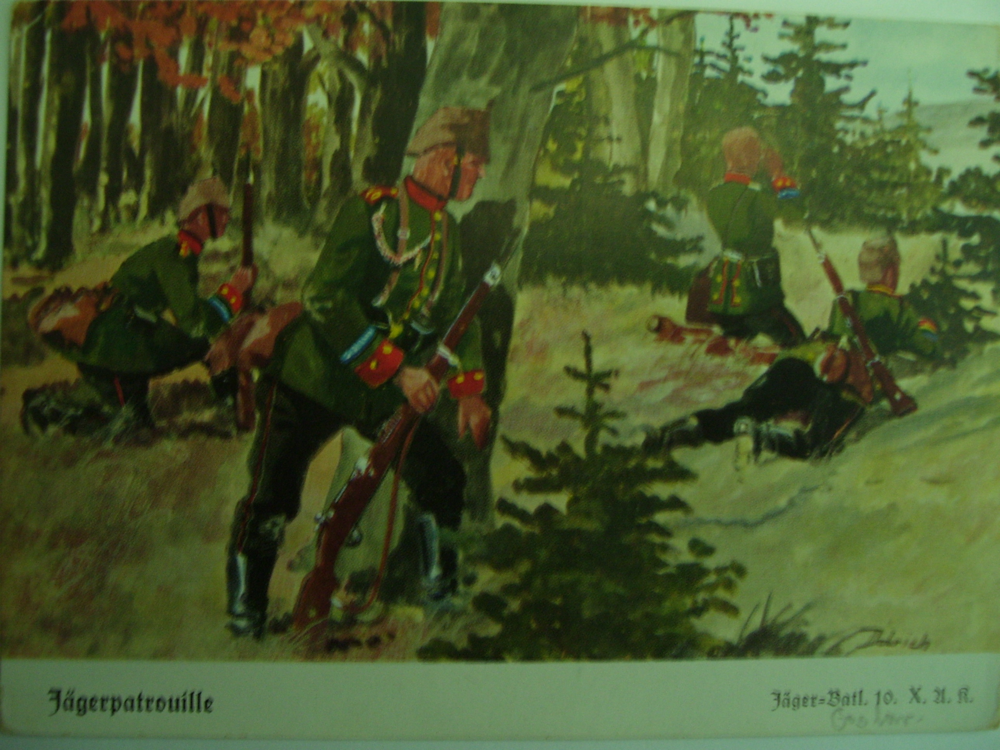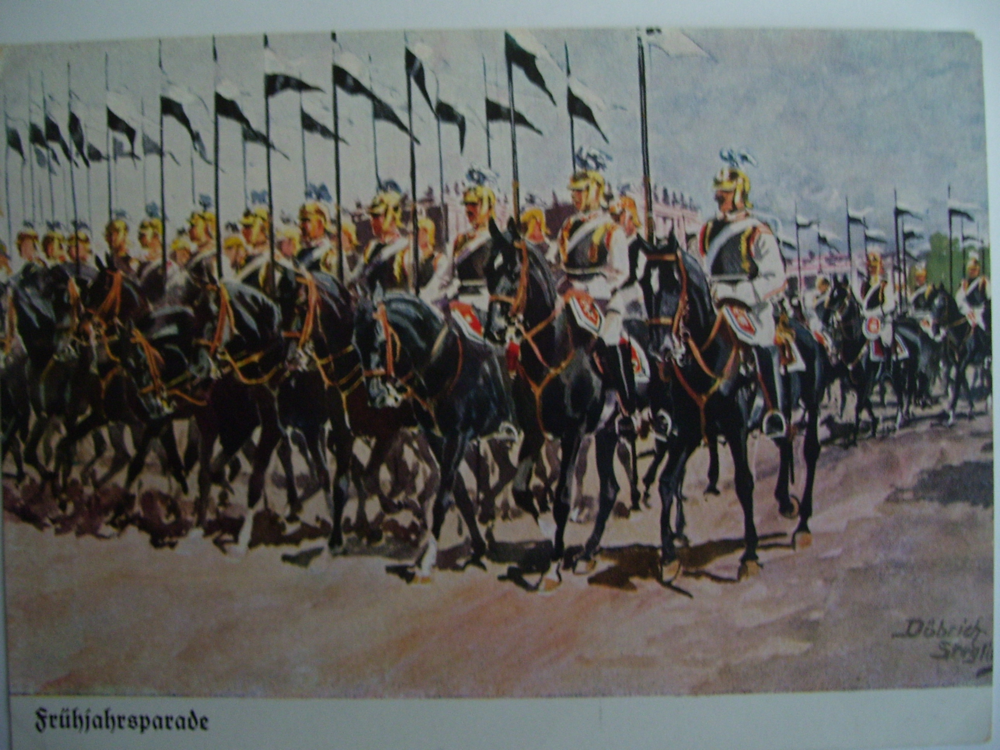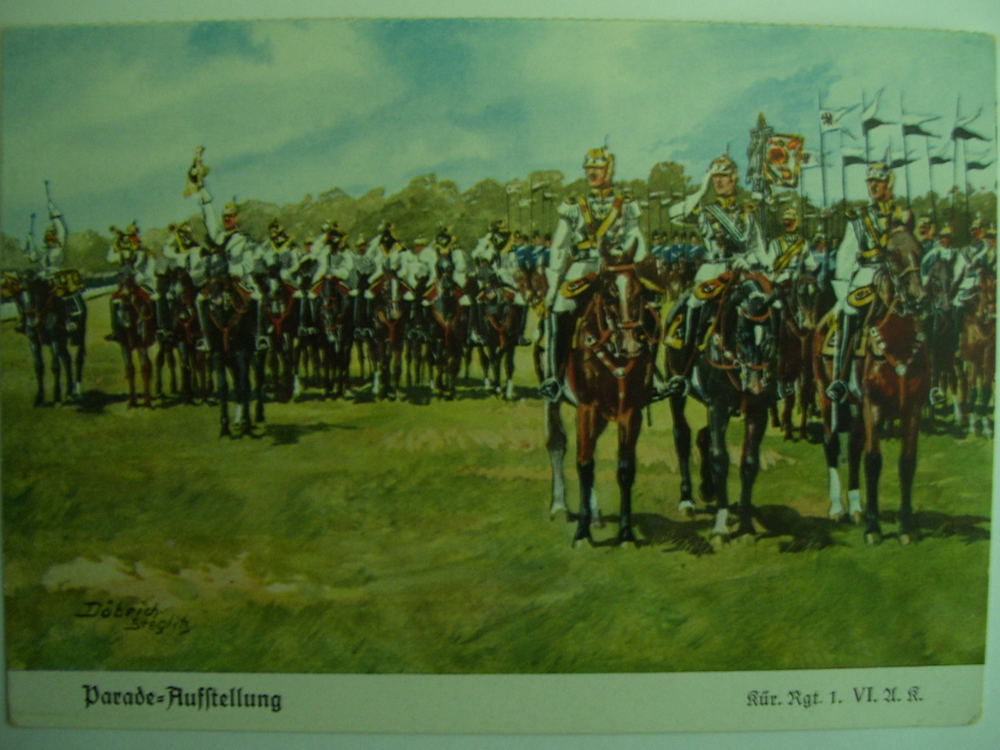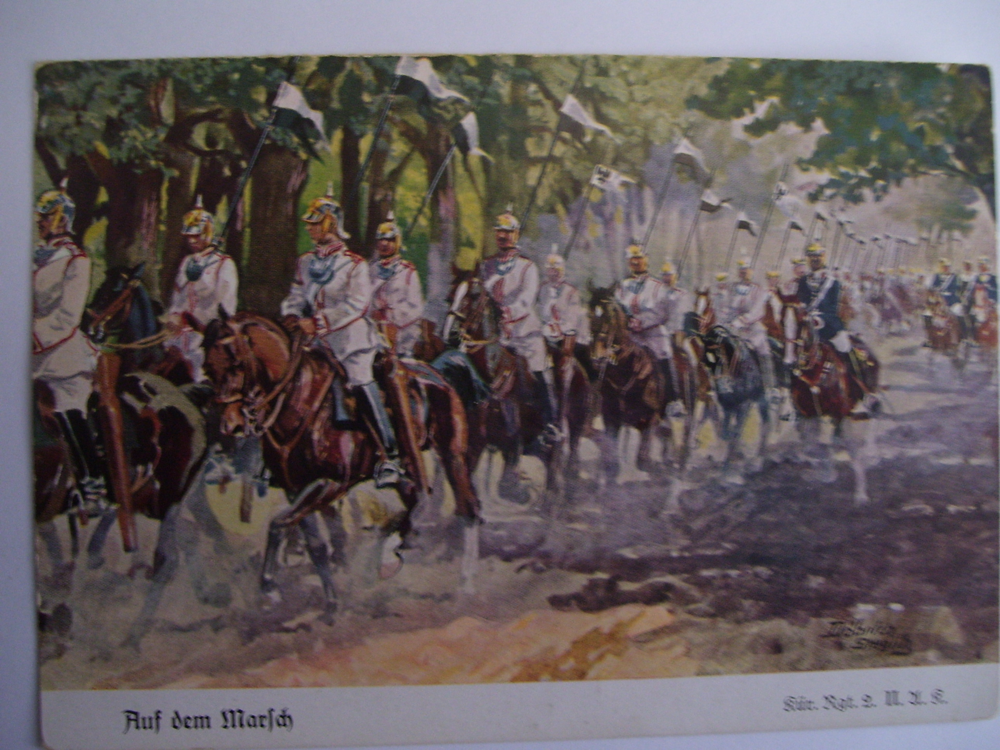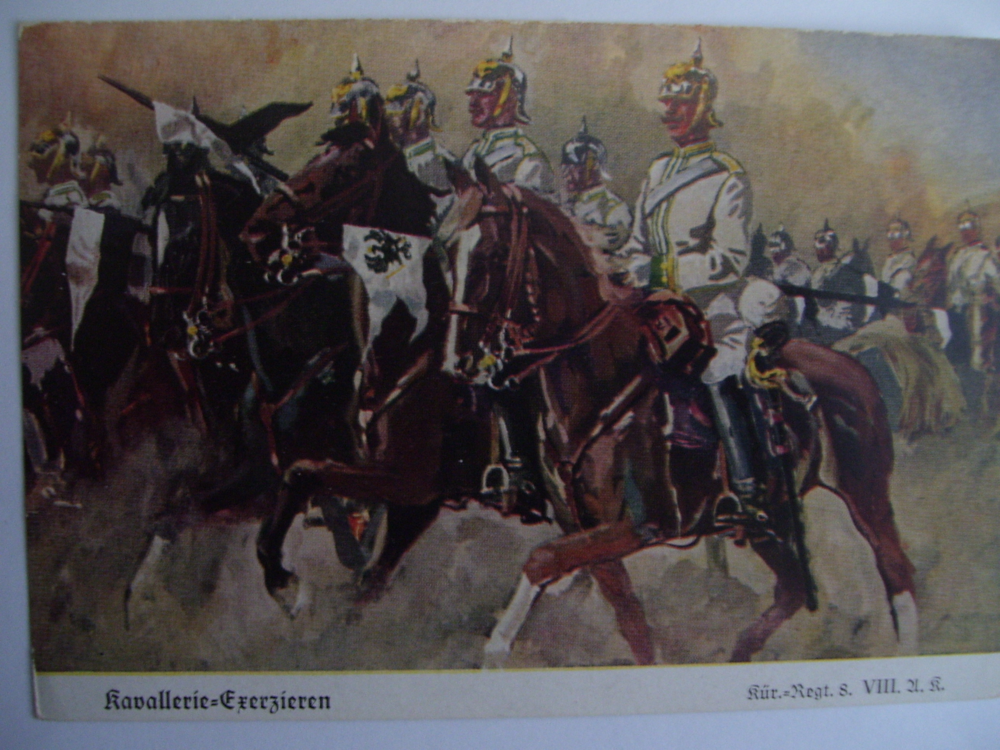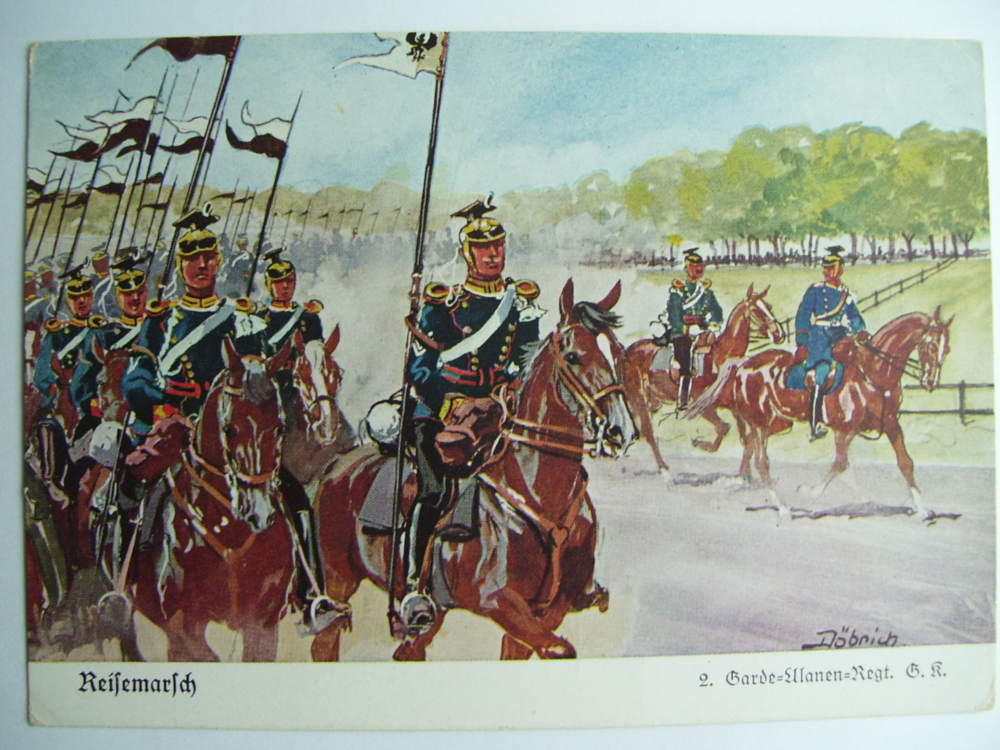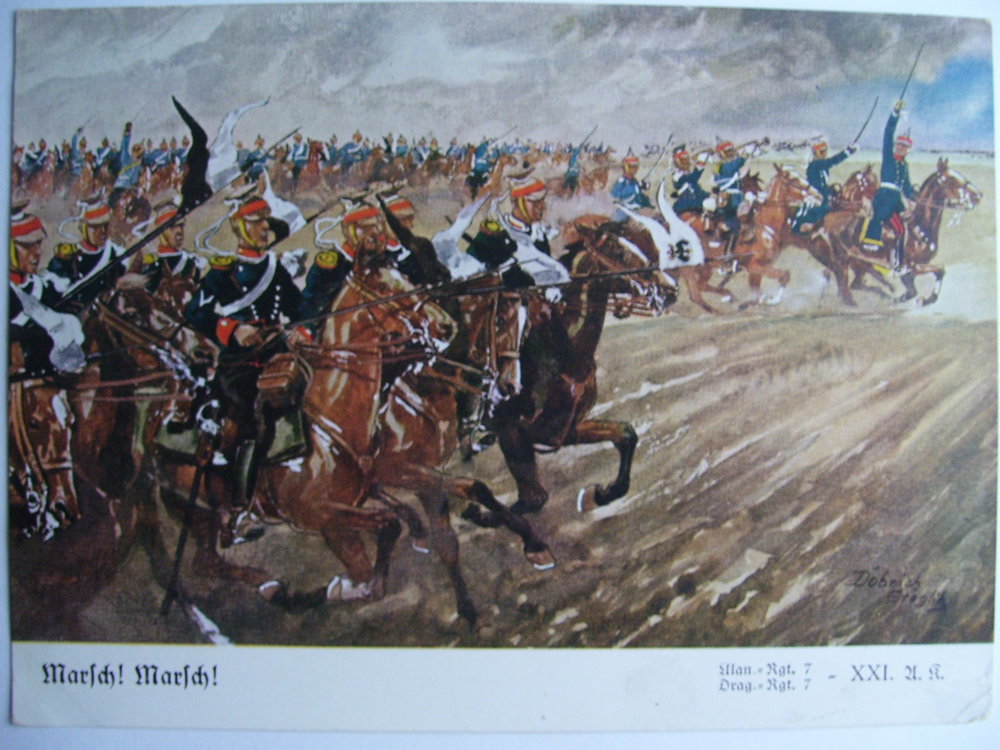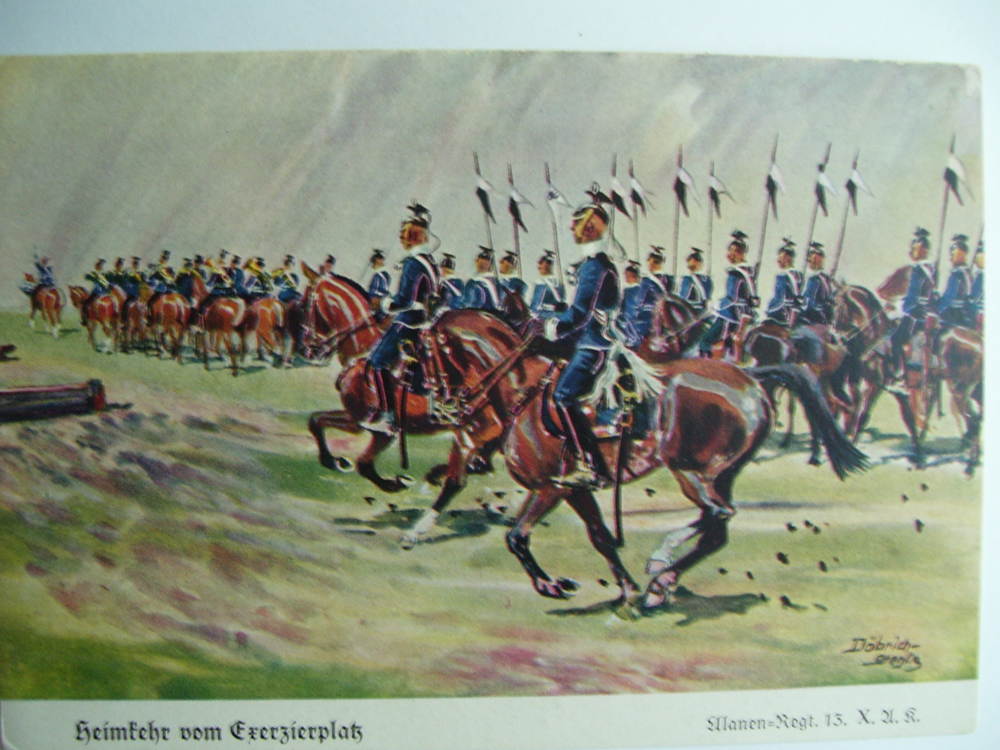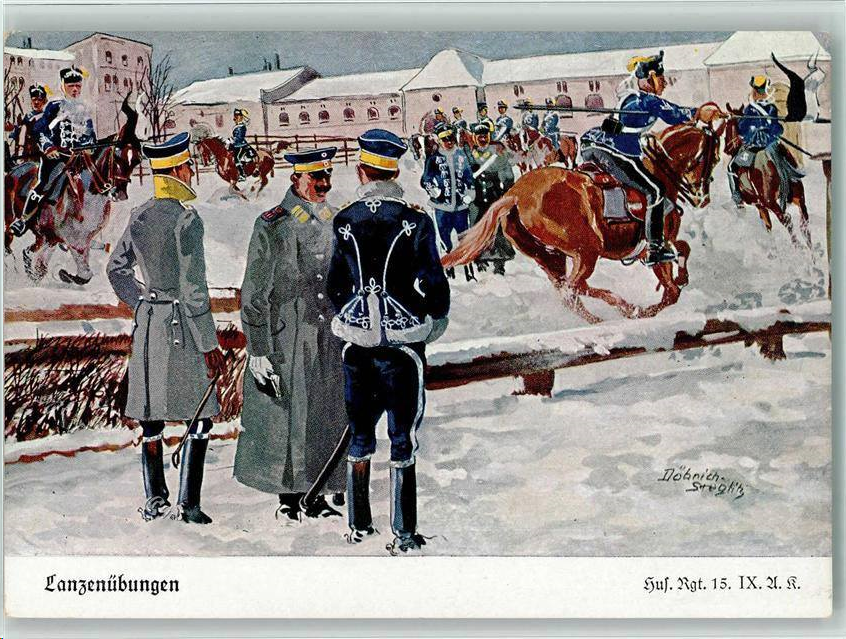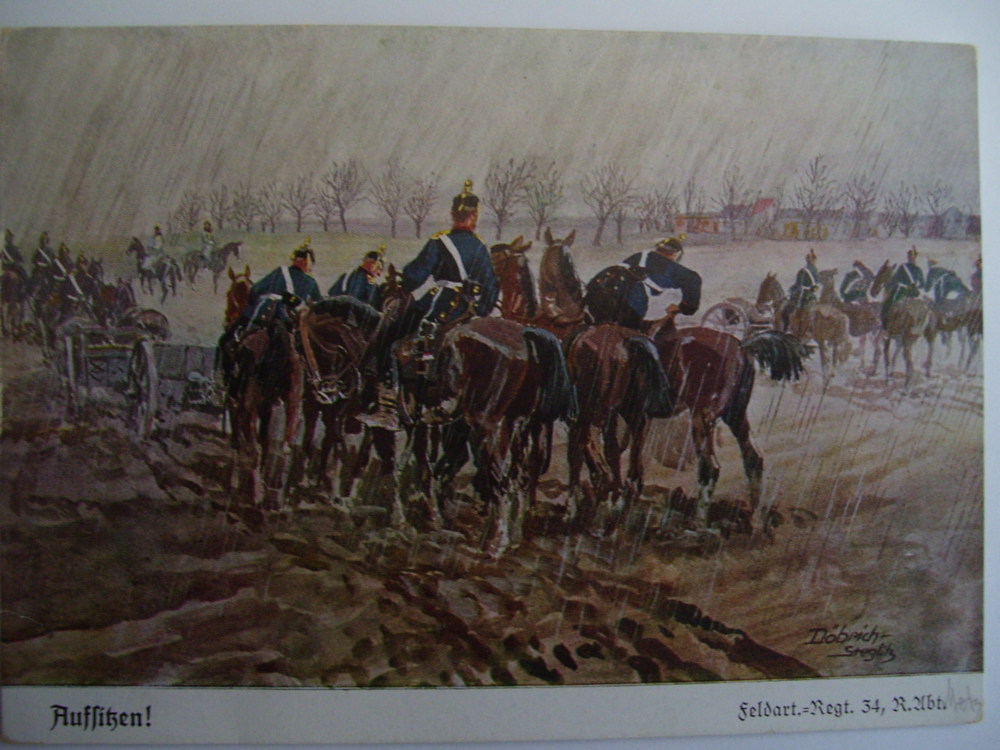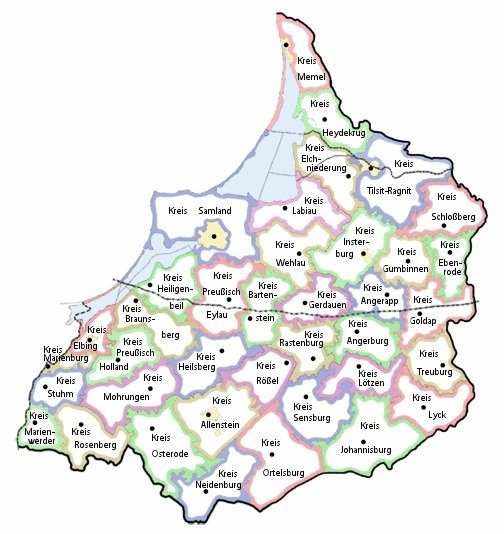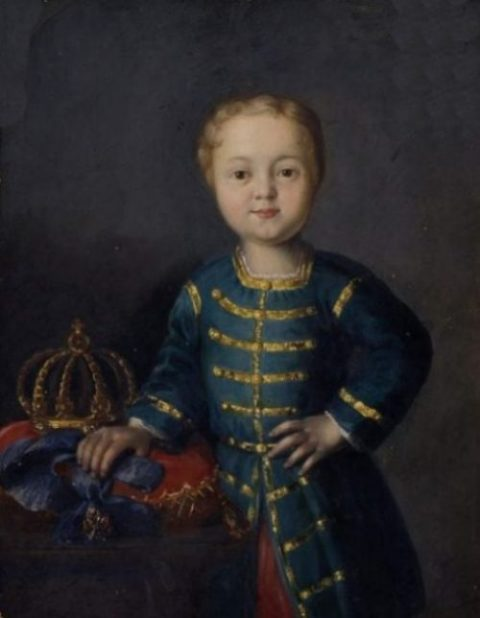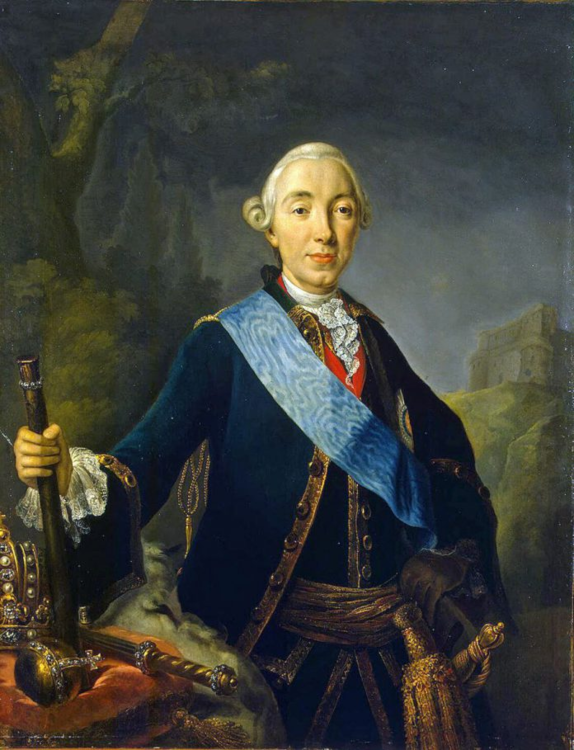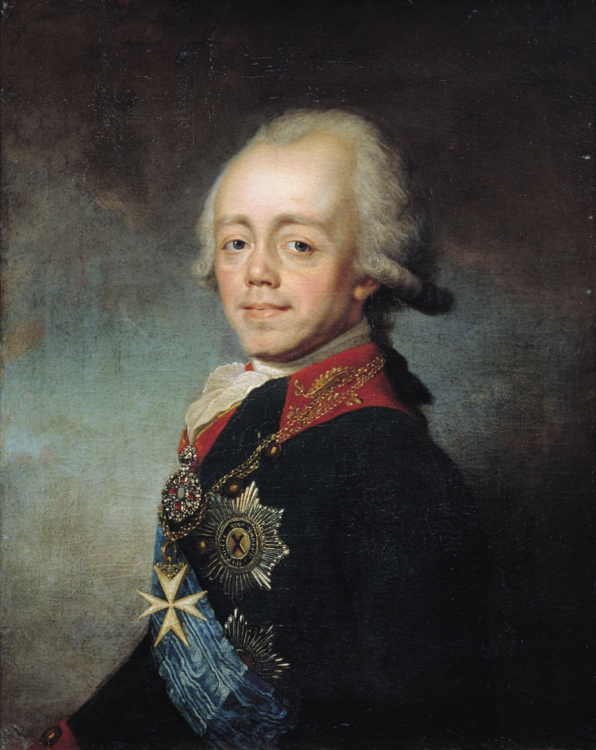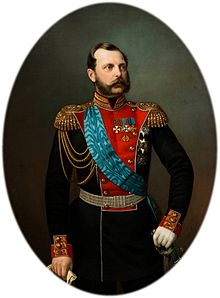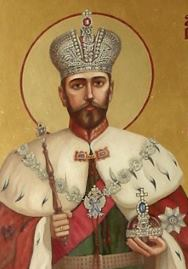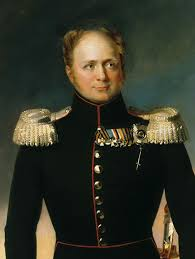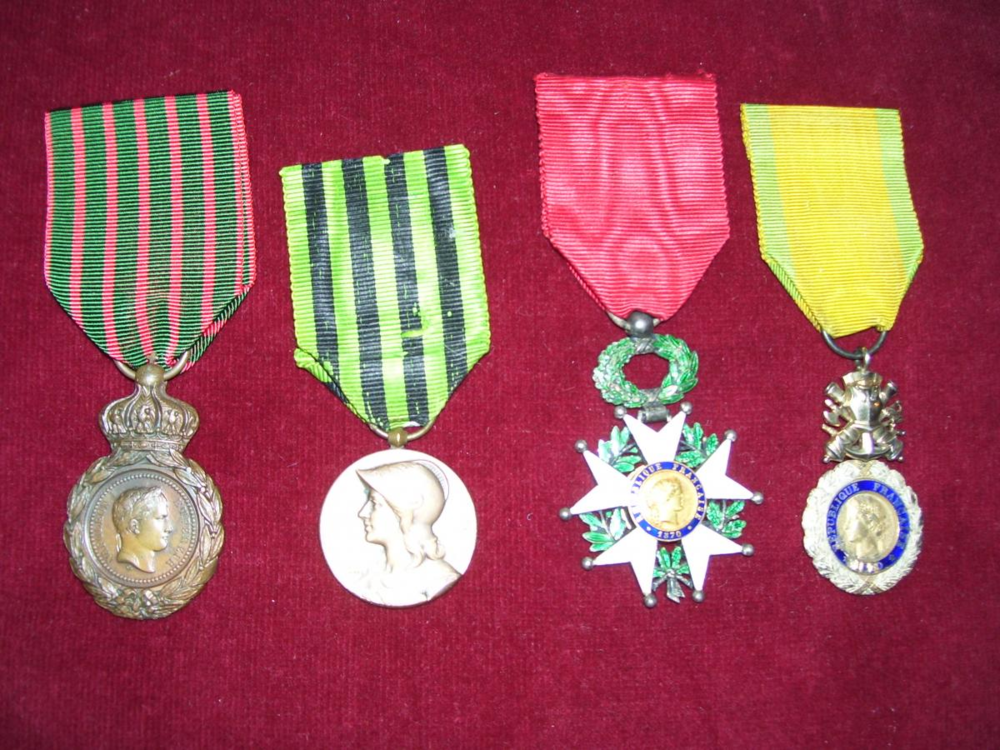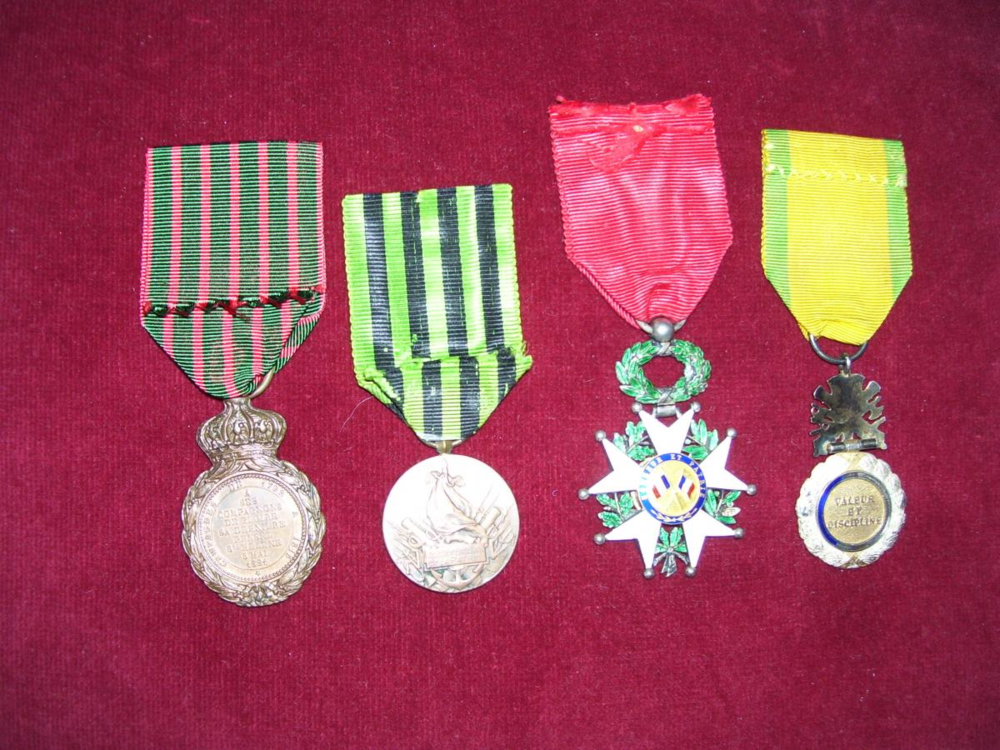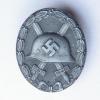Leaderboard
Popular Content
Showing content with the highest reputation on 28/03/20 in all areas
-
3 points
-
3 points
-
3 points
-
2 points
-
Here's another British made helmet stamped HBH = Harrison Bros & Howson of Sheffield with Heat/Batch code ZT and dated II/1938, Liner stamped Helmets Ltd of Wheathampstead and dated I/1937. Has the NFS logo and Western Region No 1 on front also the red band of a Leading Fireman. Photo's from other sources.2 points
-
2 points
-
Here's another helmet that could be passed of as British, this is the 1949 Belgium model copied from the British MII Brodie, made for the Belgium Army from 1949 - 1952, it has no marking on the helmet shell but the liner is stamped with all the information you need. Stamped ABL = Armee Belge/Belgissche Leger ( Belgium Army issue ). 1949 = The Model. XB = The Manufacturer Xavier Buisset Vilvoorde. 1950 = The year of production. Photo's from other sources.2 points
-
2 points
-
2 points
-
Very nice Gwar, most of these I see are cut down for some reason, good to see one which still has the maker mark.2 points
-
2 points
-
2 points
-
Yeah Fritz, these are not cheap anymore. I am watching an auction, there is a seller who has several of the wartime grey versions. I will try and get one if they stay reasonable in price.2 points
-
2 points
-
Just read about how some vendors are selling faked smooth bodied egg grenades. What they are doing is taking a regular egg grenade with the fragmentation band, and grinding this off to make the appearance look like the much rarer first issue smooth bodied type. If the smooth bodied type is for sale and the coat of paint looks fresh, ask if you can strip some of the paint around the middle where the seam is. Once stripped the metal should be aged evenly, if the middle area has metal that looks bright or does not match the patina of the rest of the metal, it might have been fooled with. Of course smooth bodied types were also ground along the middle when they were made, but the metal should be aged appropriately. Most smooth body types are dug up ones, so these are usually repainted. Buyer beware.2 points
-
2 points
-
Here are some pictures of Langemark German war cemetery, which I visited in 2015. I went to several other sites as well. It is hard not to notice the difference between the German sites and the Allied ones. This site was interesting in the fact it was located very close to the place where the use of poison gas was released on the western front for the time. In the last picture you see a pole with a white flag, these poles were where the gas was released.2 points
-
In WW1, grenades were in an ever-evolving state as both sides competed for the the right type for the right job. In 1917, the Germans introduced the M17 Eierhandgranate "Egg Grenade", which as its name suggests is small and egg shaped with a smooth exterior with a single fragmentation band, which also allows for a better grip. An earlier version was introduced in 1916 that had a smooth body with no fragmentation band, but troops complained about the grenade being hard to grip and it slipped easily. So the M17 was officially called the M17 N/a - Neuer Art or New model. Below is an example of the M17 with the M16 percussion igniter which had a 5 second delay. The average soldier could throw the M17 about 40 meters. This grenade had an explosive filling of gunpowder, aluminum and barium nitrate. Typically on the M17 N/a you will find makers marks on the bottom of the grenade as well.1 point
-
When the sidecar was not in motion, the fire would have been as accurate as otherwise.1 point
-
1 point
-
Keep up the good work Leon, education is an important tool for the collector.1 point
-
1 point
-
Nice example, I bet it wasn't cheap. You can count the unit by the colours - Stengel yellow = III. Bataillon, and the red parts Knopf/Kranz = 10. Kompagnie Apart from the infantry, only the foot sections of the artillery wore this, not worn by mounted batteries or cavalry.1 point
-
1 point
-
1 point
-
1 point
-
1 point
-
1 point
-
Here is another view of the chest plate that the Germans also used for these grenades. The plate had notches along the exterior in which leather straps could be attached to help fix in a somewhat stationary position on the wearer. When a grenade was needed the loop on the fuse was placed on the rod which runs from the bottom left to the top right, then the used would pull down or away to arm the fuse. The second photo is one from my collection. Most of these I have come across are dug version, so far I have not seen any repros yet.1 point
-
1 point
-
1 point
-
1 point
-
1 point
-
1 point
-
Part IV. Royalty before and during the War. Kaiser Wilhelm I., with original signature, Wilhelm Imp. The four generations, ca. 1886 An English postcard depicting German Emperor and Empress An official postcard of the Kaiser and Kaiserin posted from Hannover to an adress in London, W.Kensington Park, 1906 The Imperial Family, a formalised portrait An informal portrait Prinz Eitel Friedrich Prinz August Wilhelm u. Gemahlin Prinz Oskar u. Gräfin Ina von Ruppin, Note the French Bayonet he is wearing! Prinz Adalbert on the Eastern Front, visiting his Grenadier-Regiment Prinz Joachim with Princess Marie Auguste of Anhalt Princess Victoria Luise, the daughter of the Kaiser and Herzog Ernst August von Braunschweig Kronprinzessin Cecilie with Prinz Louis Ferdinand, her youngest son The Kaiser with his English uncle, Edward VII. The former Imperial Family after the abdication. The Kaiser is not present. Kronprinz Wilhelm in exile in Holland, reverse with original signature in wax crayon Die Welfen - Hannover - Braunschweig - Cumberland: Ernst August von Braunschweig Herzog von Cumberland Prinz Georg Wilhelm Erbprinz Ernst August Prinzregent Luitpold von Bayern Ludwig III., König von Bayern, 1913-1918 Kronprinz Rupprecht von Bayern, 1869-1955, Oberbefehlshaber der 6. Armee Bayern Kronprinz Rupprecht with Erbprinz Leopold and Prinz Albrecht Großherzog Friedrich II. von Baden Friedrich August III., König von Sachsen Kaiser Franz Joseph von Österreich-Ungarn1 point
-
Many more photos added, see part I and II. Part III. A series of popular postcards by Döbrich-Steglitz: Artillery in Feuerstellung Wrongly captioned Bayerische Artillerie - the Bavarian artillery worn spiked helmets! These are Prussian artillerists - see helmets. Infantry company exercising (Northern Germany in pouring rain!) Sturmangriff, Leibgrenadier-Regiment 100 - these Saxons have "Kaiserwetter" for their exercise! Hannoversches Jäger-Bataillon 10, Goslar - with Gibraltar cuff title. The Batallion was previously stationed at Bitsch, Alsace. Regiment der Gardes du Corps, Potsdam - the black cuirasse was only worn for very special occasions, such as the Frühjahrsparade or a visit by a foreign sovereign. Kürassier-Regiment Großer Kurfürst in Breslau Kürassier-Regiment Königin, Pasewalk Rheinisches Kürassier-Regiment, Deutz 2. Garde-Ulanen-Regiment, Berlin Husaren-Regiment 15, Wandsbek (digital copy) Rheinisches Ulanen-Regiment 7, Saarbrücken. In the background, Dragoner-Regiment 7 Königs Ulanen-Regiment (Hannov.) Nr. 13 Aufsitzen! (mount!) - Feldartillerie-Regt.34, garrison stated as Metz1 point
-
1 point
-
1 point
-
Thanks again Fritz. I did contact the Volksbund, and this is the response I got. Apparently he was killed in action and buried the war cemetery in Mons-en-Laonnois. Surname: Grutschus First given name: Julius Rank: pioneer/ Death / Missing date:08/28/1918 Julius Grutschus rests on the war cemetery in Mons-en-Laonnois . Endgrave: Block 2 grave 116 Mons-en-LaonnoisDispart Aisne 5003 German war dead First World War The German military cemetery Mons-en-Laonnois was created in December 1920 by the French military authorities as a collective cemetery for German war dead, which had been temporarily buried in 45 municipal areas in their own field tombs or on civil cemeteries. Those who died in Mons suffered death in one of the great battles and the numerous engagements between September 1914 and October 1918 between Soissons and Reims, on the Aisne, the Vesle and the Marne, and the possession of the Chemin des des Dames took place. Of particular note are the German advance to the Marne and the retreat to the Aisne in the fall of 1914, the French major attack in early April 1917, whose failure led to a momentous moral crisis in the French army and to mutinies of individual regiments. Repair work between the wars First work to improve the condition of the cemetery was carried out by the Volksbund Deutsche Kriegsgräberfürsorge eV on the basis of a 1926 agreement with the competent French military authorities. However, the problem of a permanent marking of the graves due to foreign exchange shortage and the 1939 erupting World War II remained unsolved. Final design Following the conclusion of the Franco-German War Graves Agreement of 19 July 1966, the Volksbund Deutsche Kriegsgräberfürsorge eV - financially supported by the Federal Government - was able to finalize the German war cemeteries of the First World War in France. In addition to a basic landscape landscaping with tree and hedgerows, greening of the grave surfaces, followed by the construction of the entrance and the enclosure of community graves with natural stone masonry. From 1974, the replacement of the previous provisional wooden tomb sign against metal crosses began with cast in names and dates of those resting here. The names of the acquaintances in the community graves are recorded on cast tablets. The 35-kilogram cross foundations displaced volunteers from a youth camp of the Volksbund. The Bundeswehr took over the transport of the concrete foundations and thus, as well as the young people, made a significant contribution to the work of the Volksbund. Of the 5,003 dead, 3,261 resided in individual graves; three remained without names. In the two communal graves with 1 742 victims only 191 are known by name. Among the dead are four civilian workers. The tombs of the 12 fallen Jewish faith were given a gravestone made of natural stone instead of the cross for religious reasons. The Hebrew characters say: 1. (above) Here lies buried ... .2. (below) May his soul be interwoven in the circle of the living.1 point
-
1 point
-
1 point
-
1 point
-
This short film gives a vague impression of the overcrowding and the conditions of the camps, here said to be over 50.0001 point
-
1 point
-
This is my mauser model 1914 and was particular gun was manufactured between 1925/28 These guns were made from 1914 until 1934. A change to the shape of the grip frame resulted in the .32 ACP Model 1934, and the design was gradually replaced by the double-action Mauser HSc. The Model 1914 was a popular commercial gun in its day and was used through both world wars by various German police agencies and military units.1 point
-
Yes that's correct, I omitted most of the portion on the information about WW1 as my post was getting rather long, I am sure British officers had to buy there own pistols as well as there german counterparts (someone correct me if i am wrong), can you imagine having to do that today? Nipping into Harrods to pick up a Glock 17 or a nice wee Sig Sauer , its laughable1 point
-
1 point
-
He was actually quite infamous. No. SS - 45 923 No. Nazi - 948 753 Born - 11.02.1896 in East Prussia Died - 31.05.1945 committed suicide in Leitzhäft Promotions: 01.04.1933 - SS-Scharführer 25.04.1933 - SS-Truppführer 20.10.1933 - SS-Obertruppeführer 06.11.1933 - SS-Sturmführer 15.12.1933 - SS-Sturmhauptführer 30.01.1934 - SS-Sturmbannführer 20.03.1934 - SS-Obersturmbannführer 09.11.1937 - SS-Standartenführer 30.01.1939 - SS-Oberführer 01.12.1940 - SS-Obersturmbannführer der Reserve der Waffen SS 20.04.1942 - SS-Brigadeführer und Generalmajor der Polizei 15.07.1943 - SS-Gruppenführer und Generalleutnant der Polizei 30.06.1944 - SS- Gruppenführer und Generalleutnant der Waffen-SS und Polizei Career: 01/06/1935 - 15/04/1936 - commander 49.SS-Standarte "Braunschweig" (Goslar) 1937 - 1939 - w RuSHA ??.10.1940 - ??.07.1942 - w SS-Hauptamt 01.1941 -? .07.1942 - Head of Amt III, SS-Hauptamt 21/04/1942 - 22/09/1943 - SSPF Weissruthenien 27/07/1942 - 22/09/1943 - SSPF "Minsk" 05/07/1943 - 21/06/1944 - HSSPF "Russland-Mitte und Weissruthenien" - replaces the SS-Obergruppenführer von dem Bach 22/09/1943 - 07/08/1944 - Generalkommissar Weissruthenien 21.06.1944 - 07.08.1944 - HSSPF "Russland-Mitte und Weissruthenien" 07.08.1944 - 18.10.1944 - December commander SS-Armee-Korps (canceled due to illness) ??.12.1944 - 08.05.1945 - Ersatzheeres delegate the duties (on behalf of the Army lasts). Deals with laggards catching and re-incorporating them into front-line units in the operating Heeresgruppe "Nordwest". Decorations include: 1914 EK II 1914 EK II 1914 EK I 1914 EK I Medaille zur Erinnerung an den 1. Medaille zur Erinnerung an den 1 Okt. Okt. 1938 1938 Spange "Prager Burg" Spang "Prager Burg" Ehrenkreuz für Frontkämpfer Ehrenkreuz für Frontkämpfer KVK II m. Schw. KVK II m. Schw. KVK I m. Schw. KVK I m. Schw. 06.12.1942 - 1939 Spange 1914 EK II 06.12.1942 - 1939 EK II 1914 Spang 20.02.1943 - 1939 Spange 1914 EK I 20.02.1943 - 1939 EK I 1914 Spang 07.08.1943 - Gold German Cross 30.06.1944 - Knight's Cross of Iron Dienstauszeichnung der NSDAP in Bronze SS-Dienstauszeichnungen SS Honorary sword from Reichsführer SS SS Honorary ring You could try this book Klein, P. Curt von Gottberg. In Mallmann, K. and Paul, G. (eds) Karrieren der Gewalt. Nationalsozialistische Täterbiographien, WBG, Darmstadt 2004, ISBN 3-534-16654-X1 point
-
thanks bud, got a coa from detlev when i purchased it pity the grouping was split but it was big bucks, on the look out for as much info on gottberg as i can get google does not have much on him, any book recomendations ?1 point
-
1 point






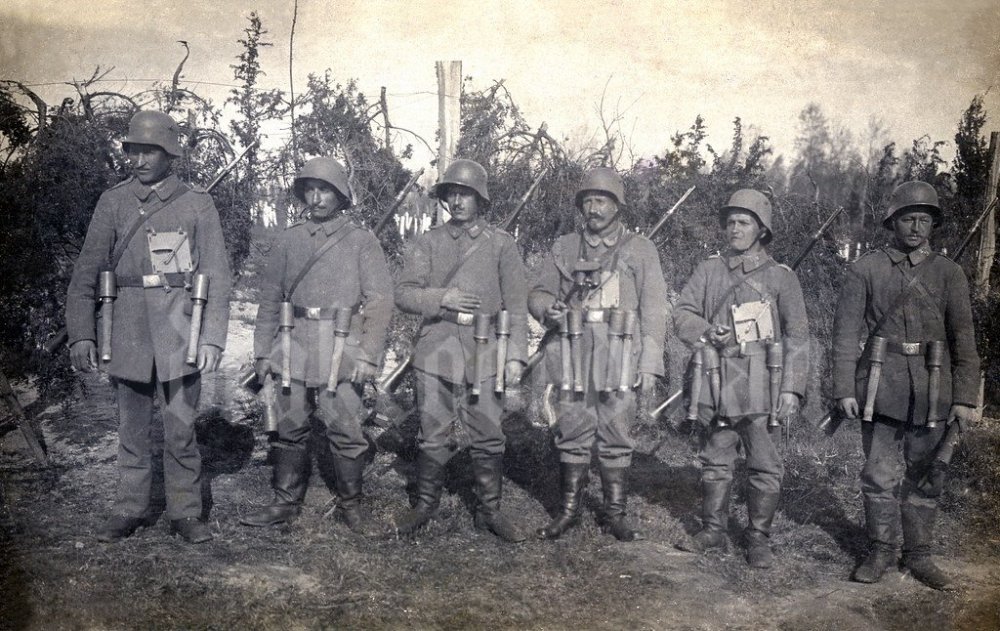
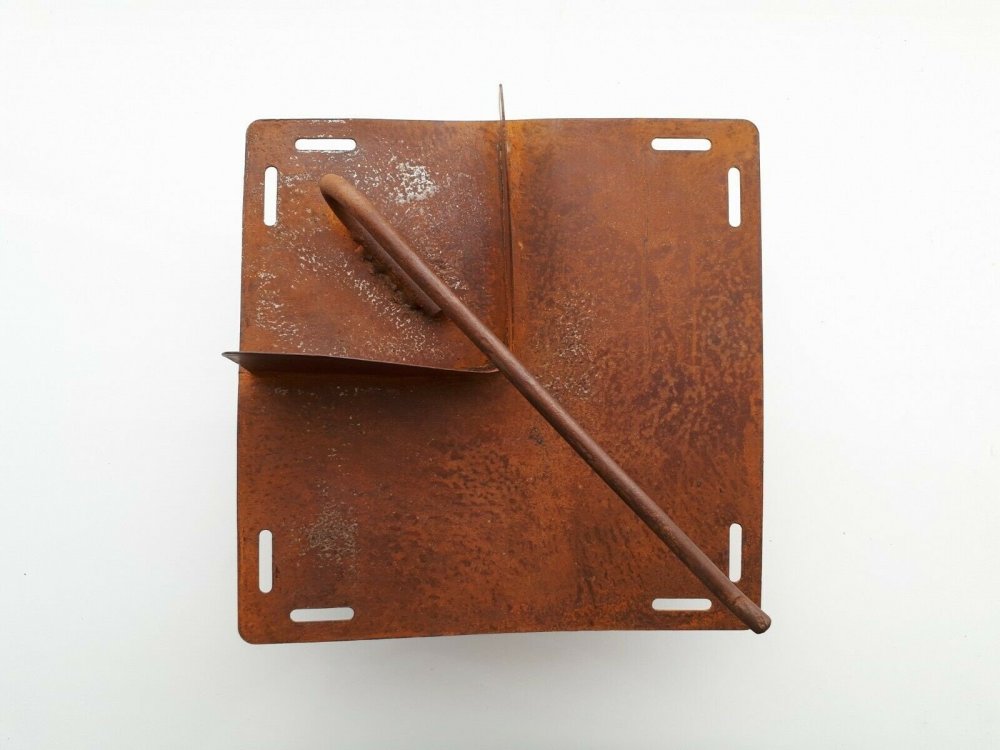
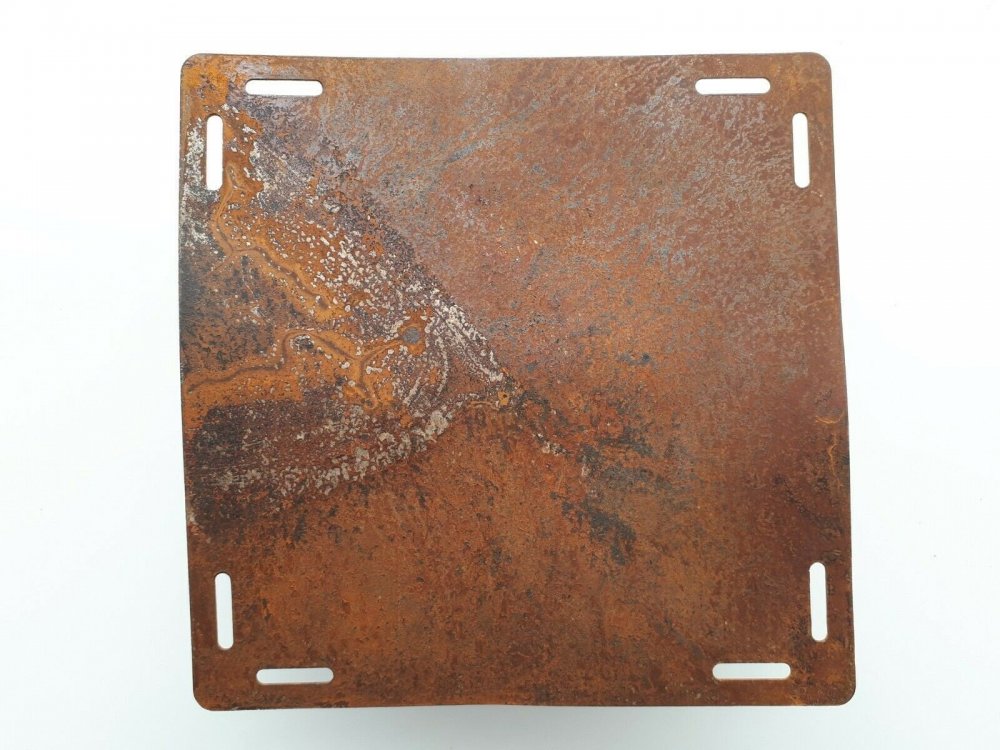

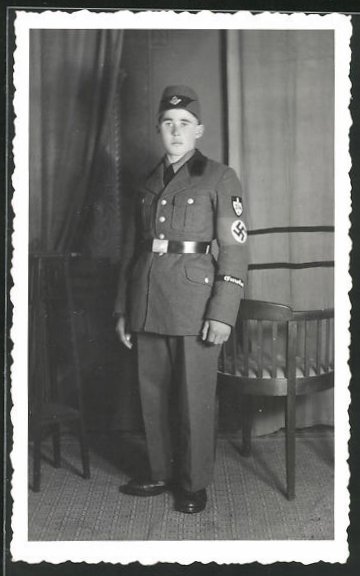
.thumb.jpg.ea26dddae60ab71407fa6ddacfb57c34.jpg)
.thumb.jpg.c26ce4f5816e4665af7abbef5ceb70e9.jpg)
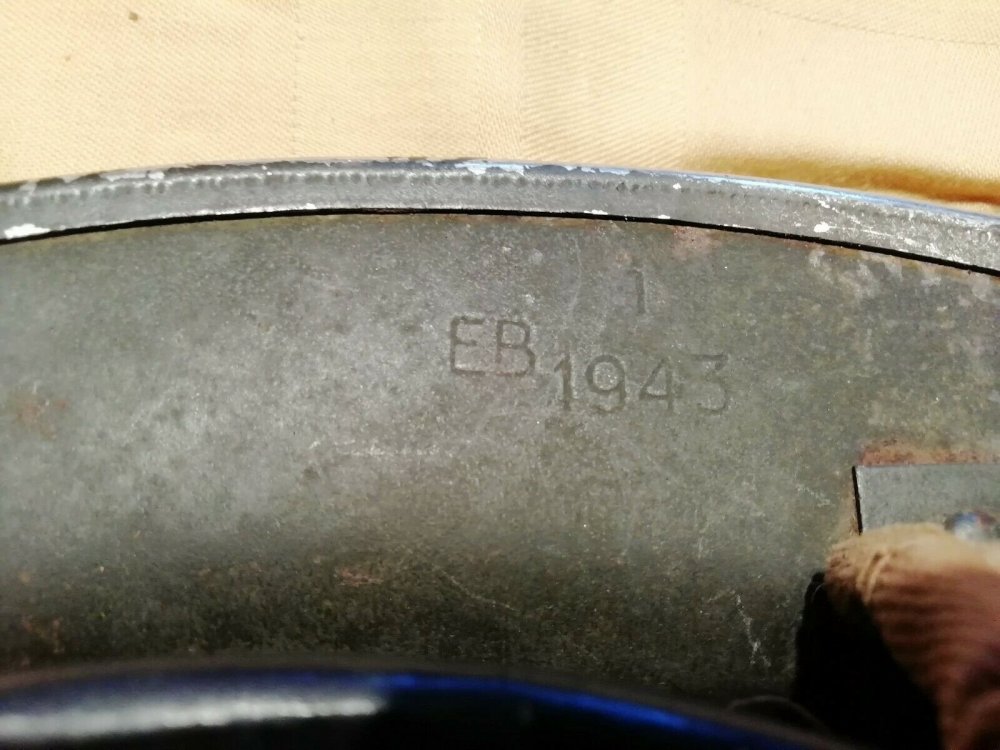
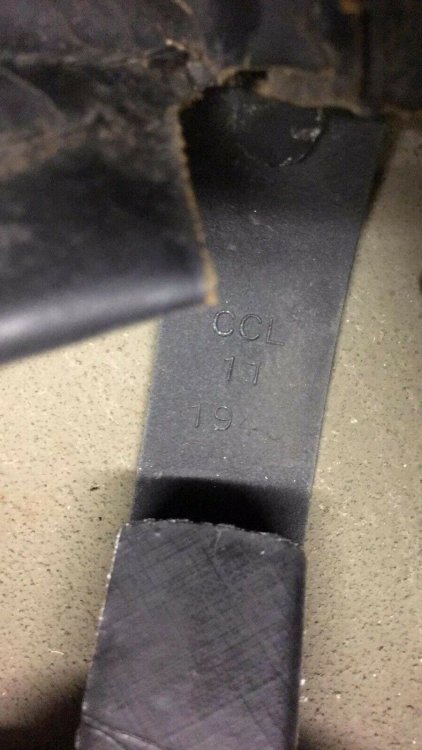
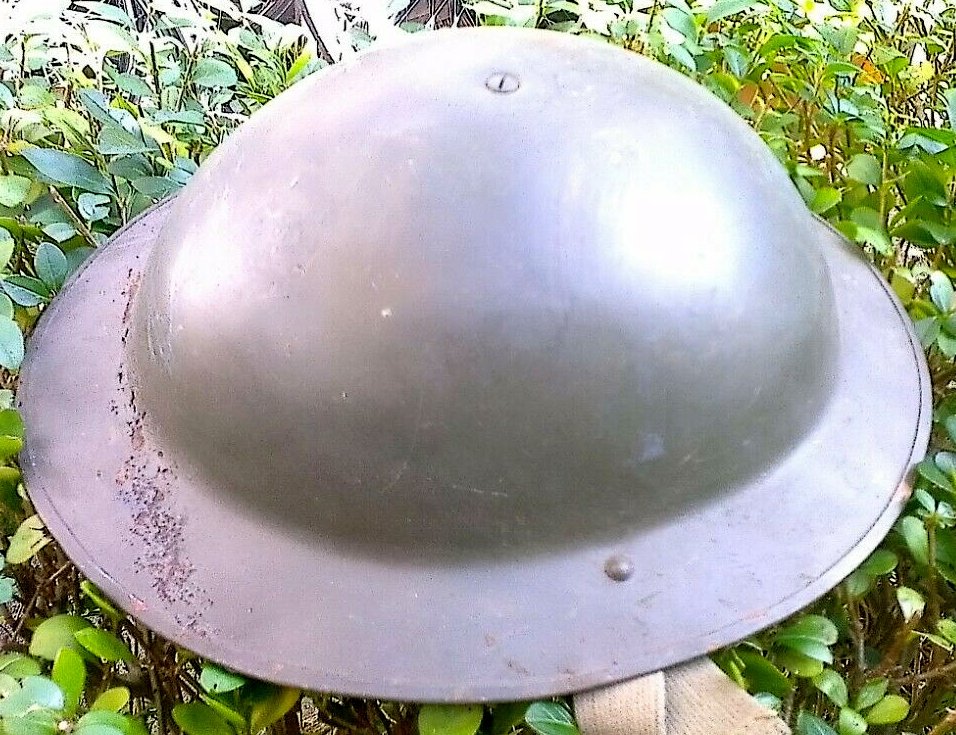
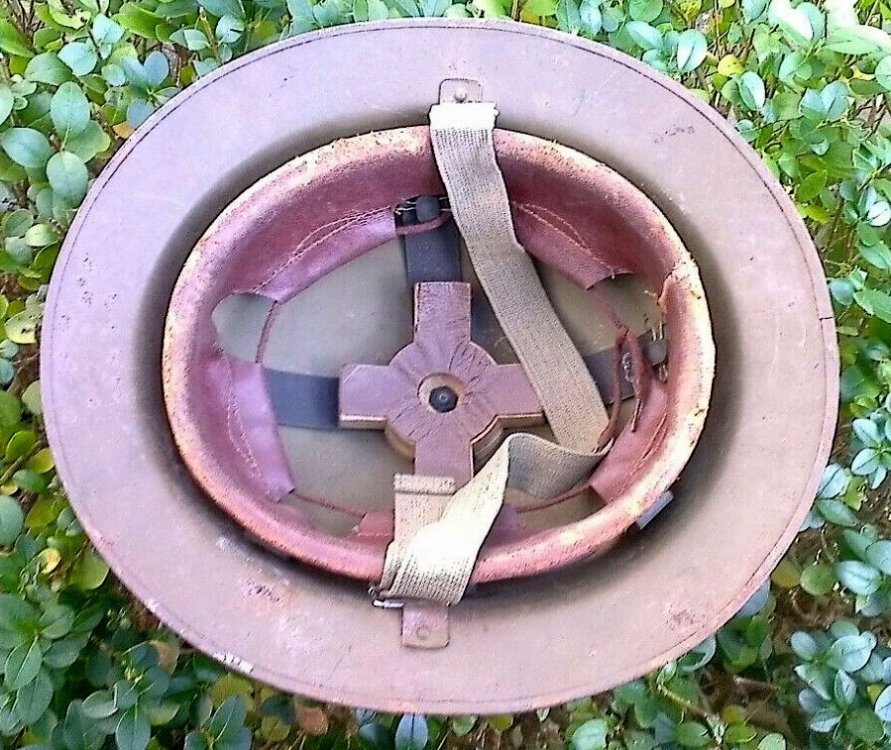
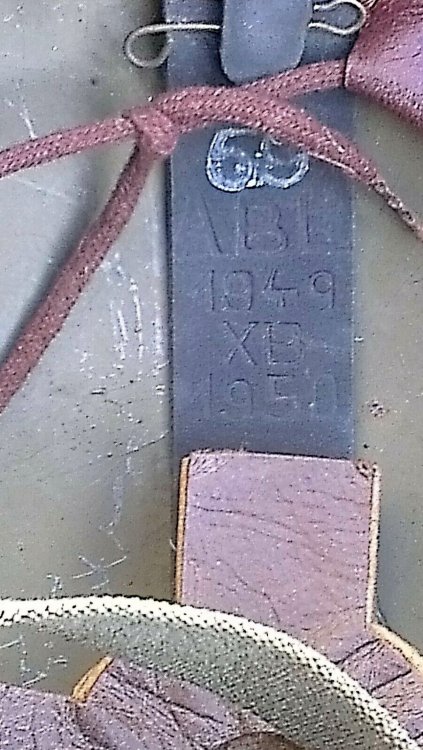
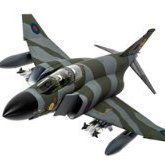
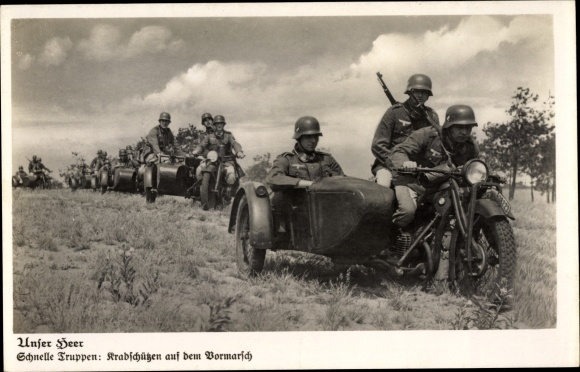
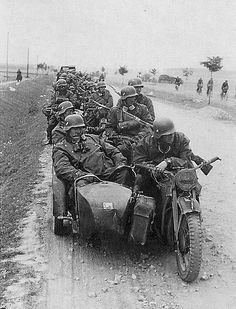
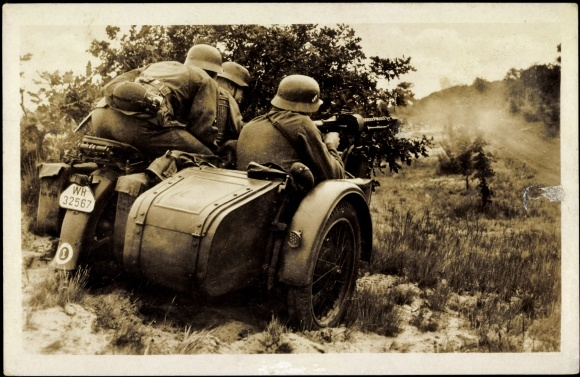
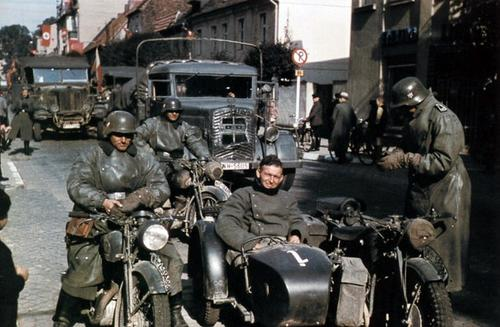
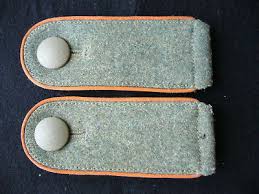
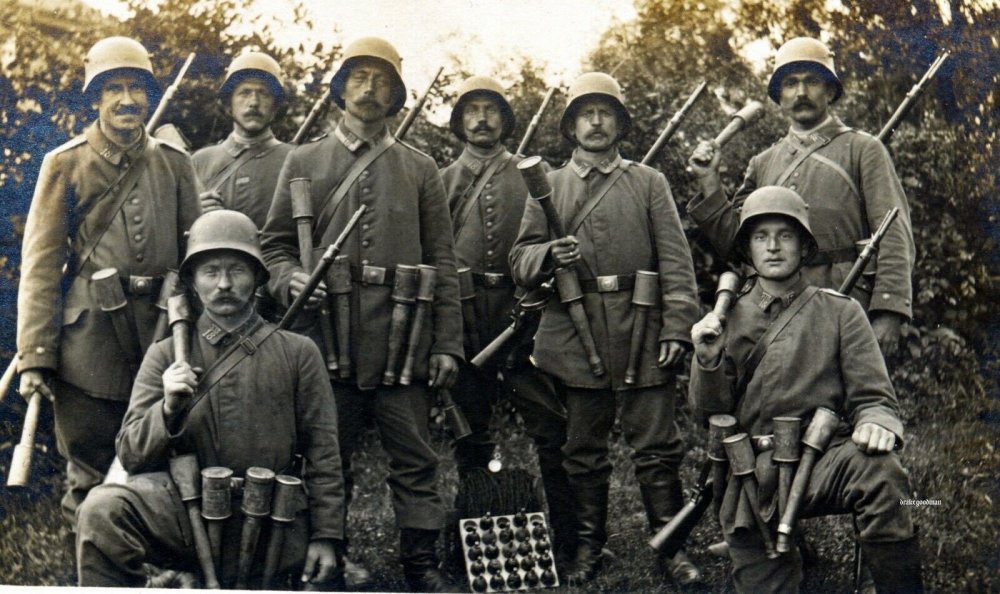
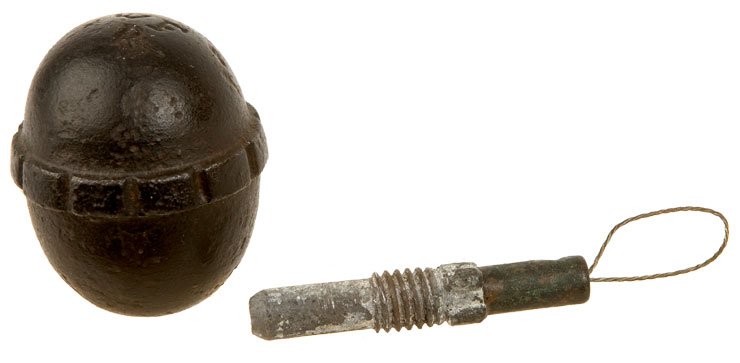
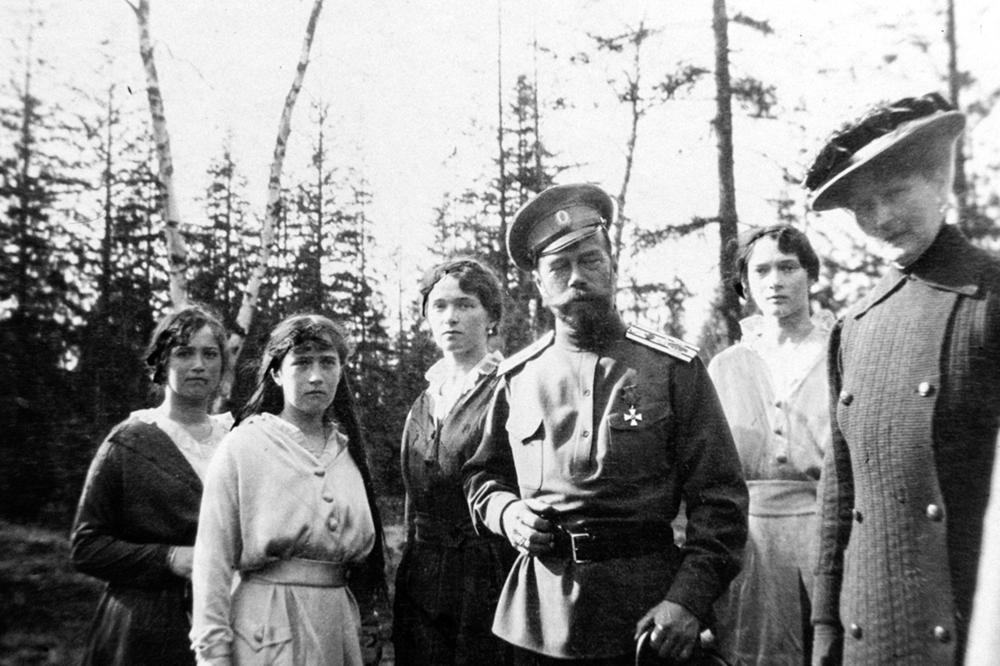
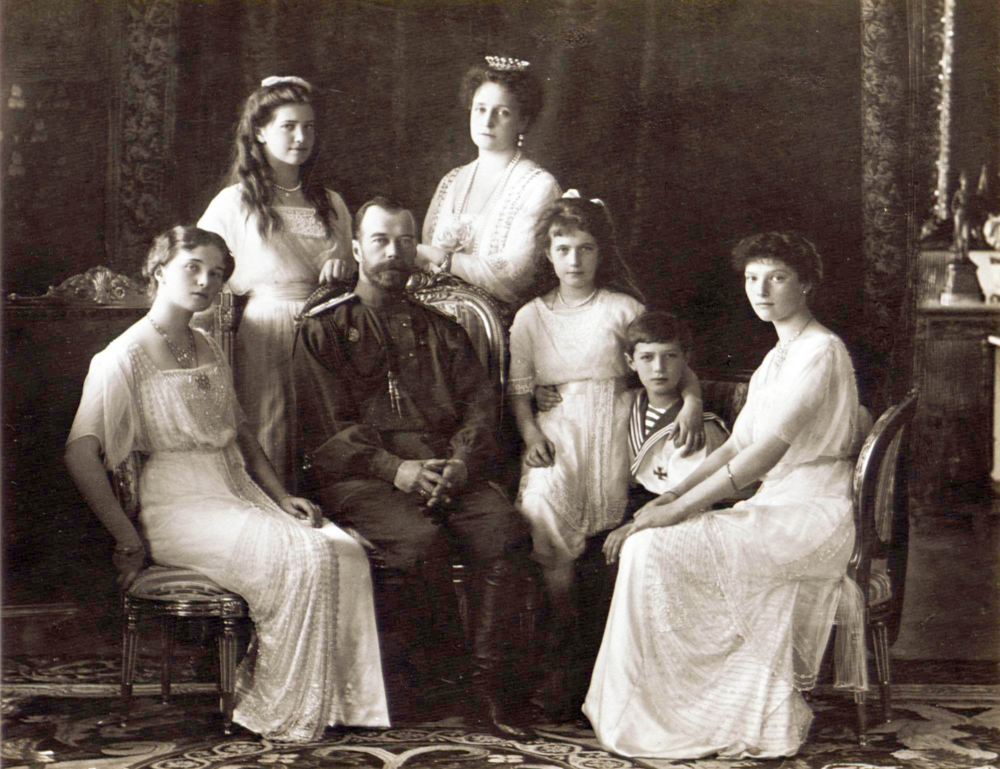
.thumb.jpg.298ea778e0a9af61c8140b9d3404d898.jpg)
.thumb.jpg.9c32e9a51a3d1eea0b677b6737012491.jpg)
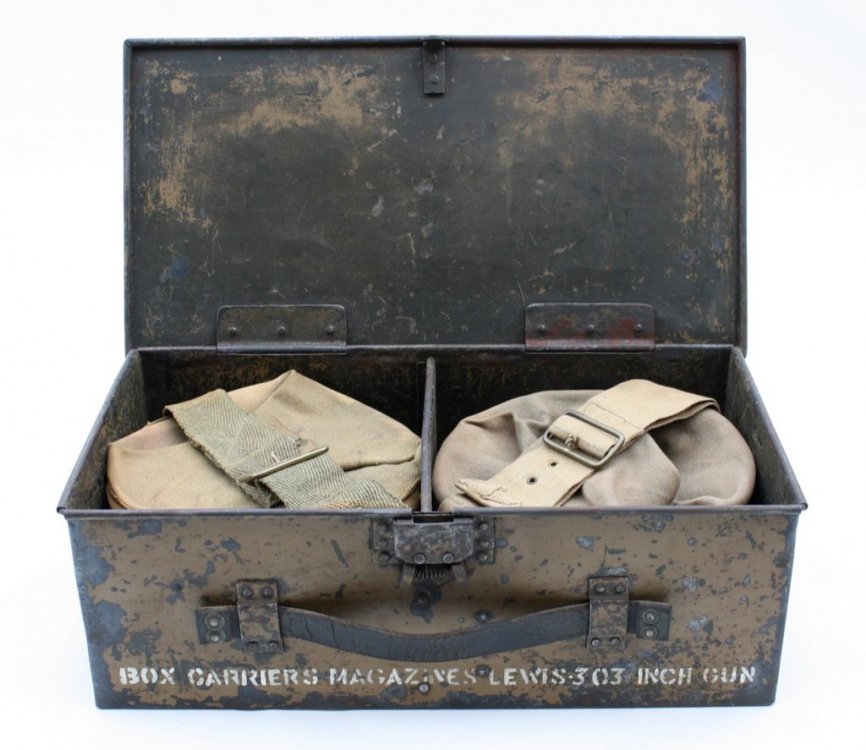

.jpg.c8b63424cf89de8d94683e29deac0fdd.jpg)
.jpg.4f74cf742412666de04c826e1d5509f3.jpg)
